themeistersinger
Footballguy
Russia's Black Sea Fleet Headquarters Demolished and Commanding Admiral Presumed Dead
Wow. Video of the second missile hitting the building from what looks like about 100 yards.Russia's Black Sea Fleet Headquarters Demolished and Commanding Admiral Presumed Dead
NEW: Among severely wounded in Ukrainian attack on Black Sea Fleet HQ in Sevastopol — Col. Gen. Alexander Romanchuk and Lt. Gen. Oleg Tsekov, Ukrainian intelligence chief Kyrylo Budanov tells @VOAnews. He confirms at least 9 dead and 16 injured among RUS military personnel.
Romanchuk is in charge of Russian forces in Zaporizhzhia where the main thrust of Ukraine’s counteroffensive is occurring. This suggests that it wasn’t just a strike on the Black Sea Fleet HQ, but timed to target key senior leaders during a meeting.
The Biden administration plans to provide Ukraine with a version of ATACMS long-range missiles armed with cluster bomblets rather than a single warhead, according to several people familiar with the ongoing deliberations.
Interagency discussions on whether to approve the weapons moved in recent days from the deputies committee, a meeting of representatives of the No. 2 officials in national security agencies, to the principals committee, involving the heads of each agency and to a decision by President Biden, the people said, speaking on the condition of anonymity to discuss the sensitive issue.
The cluster-armed ATACMS, with a range of up to 190 miles, depending on the version, could allow Ukraine to strike command posts, ammunition stores and logistics routes far behind Russian front lines and dug-in defenses. Ukraine, with backing from a number of U.S. lawmakers, has been asking since last year for ATACMS, which stands for Army Tactical Missile System.
Cluster-armed ATACMS are no longer considered a front-line U.S. weapon. From an estimated original production of 2,500, some from the early 1990s, many were later refitted with unitary warheads, according to a fiscal year 2018 Defense Department publication. Consideration of the cluster warhead ATACMS was first reported by Reuters.
As of the end of August, the Army had 1,486 ATACMS in its arsenal, 1,122 with unitary warheads and 364 armed with cluster munitions, according to information it provided to lawmakers. The Pentagon has repeatedly declined to provide the number of ATACMS. The ground-launched missiles are to be phased out, beginning later this year, by a newer long-range system. ATACMS are still in production, with Lockheed Martin under contract to produce 500 a year, but all are designated for overseas sales.
LATEST: Biden admin has agreed to provide Ukraine with a limited number of long-range ATACMS missiles following a request from @ZelenskyyUa, sources confirm to me and @annmarie.
***It will be a limited number at first but White House is considering more in the future.
TWZ: On Tuesday, a U.S. official said the new Precision Strike Missile (PrSM), a replacement for ATACMS, is coming online soon and could potentially open up the availability of ATACMS for Ukraine. Do you have a sense of how many ATACMS the U.S. has that they can give you?
KB: So let's wait for the official announcements to be made. There are still different ways how this situation can turn out so let's wait for [the official announcement] but I can say conditionally that if it's 100 missiles, this won’t change the situation.
TWZ: You need thousands?
KB: At least hundreds.
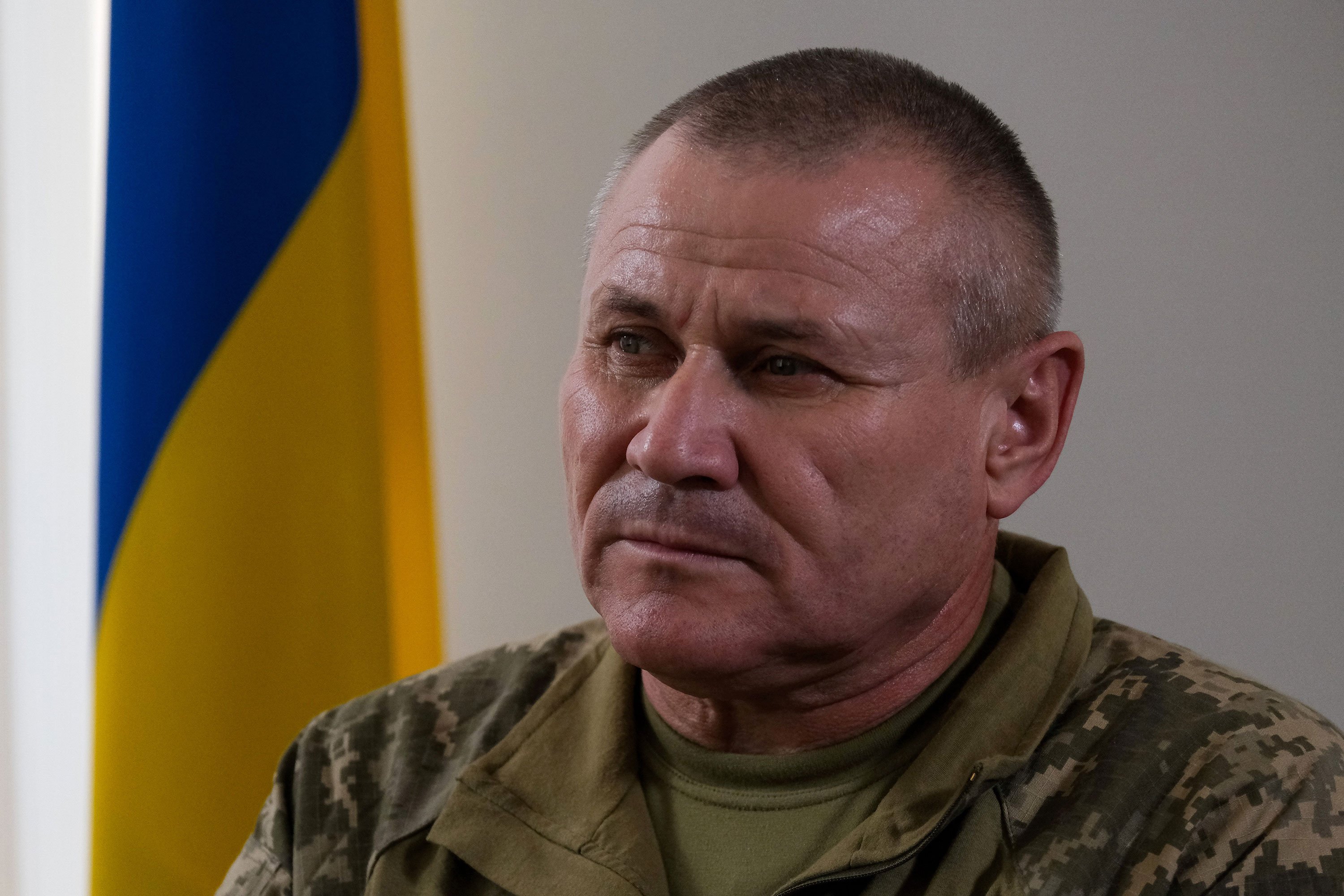
Winter won't slow down Ukraine's counteroffensive and Kyiv’s biggest breakthrough is still to come, the general leading the country's fight along the southern front line told CNN.
“The weather can be a serious obstacle during advance, but considering how we move forward, mostly without vehicles, I don’t think [the weather] will heavily influence the counteroffensive,” Gen. Oleksandr Tarnavsky told CNN’s senior international Correspondent Frederik Pleitgen during an exclusive interview Friday.
Intense rains in the fall can make the ground in Ukraine soggy and make movement with heavy machinery, like tanks, more difficult, but Tarnavsky says Ukraine’s forces move in small groups, mostly on foot.
The general also said he believes Ukraine’s big breakthrough — the biggest of this counteroffensive — is yet to come.
“I think it will happen after Tokmak," Tarnavsky said of the breakthrough. "At the moment they are relying on the depth of their defensive line there.”
Rather than the "Surovikin line," which is a defensive line built on the orders of former Gen. Sergey Surovikin, Tarnavsky says the bigger issues are the “crossroads, tree lines and minefields between the tree lines.”
“[There’s] a combination of small harmful enemy defense groups that currently are planted very precisely and competently,” he said. “But the actions of our fighters force them to slowly pull back when they face our assault squads.”
Positive about the ultimate outcome, the general conceded that for the counteroffensive to be a success, Ukrainian forces need to at least reach the city of Tokmak.
“Tokmak is the minimum goal,” he said. “The overall objective is to get to our state borders.”
When asked about rising resistance to continuing weapons supplies to Ukraine, especially in the US, where some have voiced doubt about Kyiv’s chances of success, Tarnavsky said he respected their view.
He also thanked Ukraine’s Western allies for their continuous support, especially for the tanks and other armored vehicles they’ve been providing, and promised Kyiv was treating them with great care.
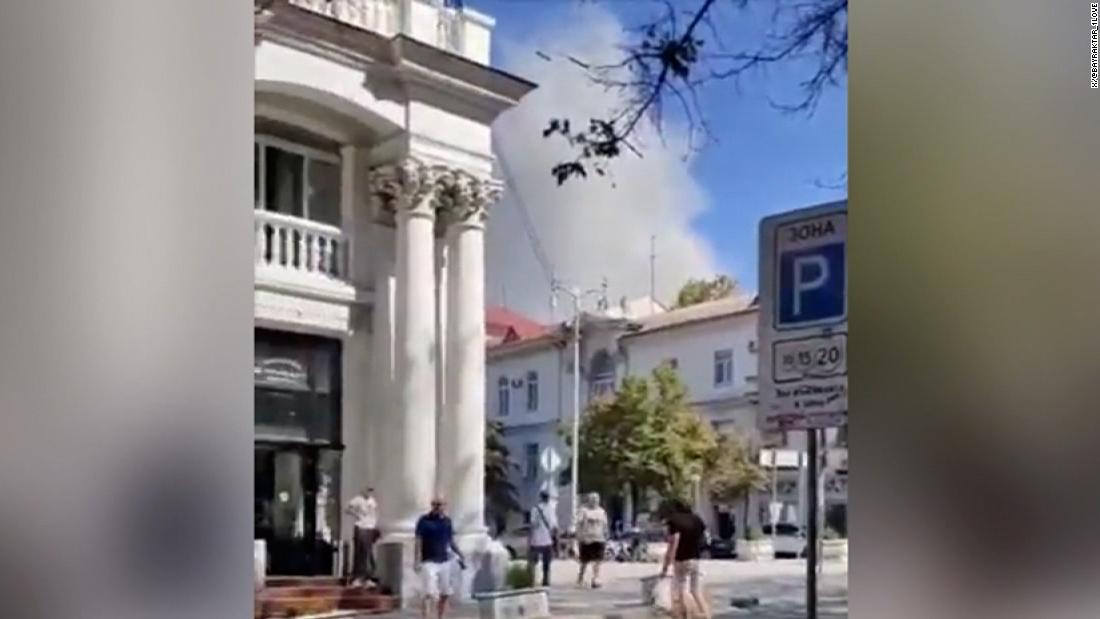
Strikes on Crimea, like the one on Friday, are important for the success of Kyiv’s counteroffensive, according to the general leading Ukraine’s military efforts along the southern front line, Oleksandr Tarnavsky.
“The success of offensive operations is not only about destroying the enemy in front of you, it’s also about destroying places of concentration of equipment, personnel and especially destroying the command centers,” Tarnavsky told CNN in an exclusive interview on Friday.
“Disorganizing their forces by destroying their command centers at a higher level leads to a mess on the battlefield,” Tarnavsky explained. “A destroyed commander means a destroyed command link and without it, there are no coordinated actions.”
Crimea, the general elaborated, is especially important on that front because it houses a high concentration of Russian military equipment. “We know where they strike from, both their air assets, as well as the ground ones,” he said.
Striking the Russian Black Sea Fleet headquarters helps Ukraine and also "gives us hope for the future,” Tarnavsky said.
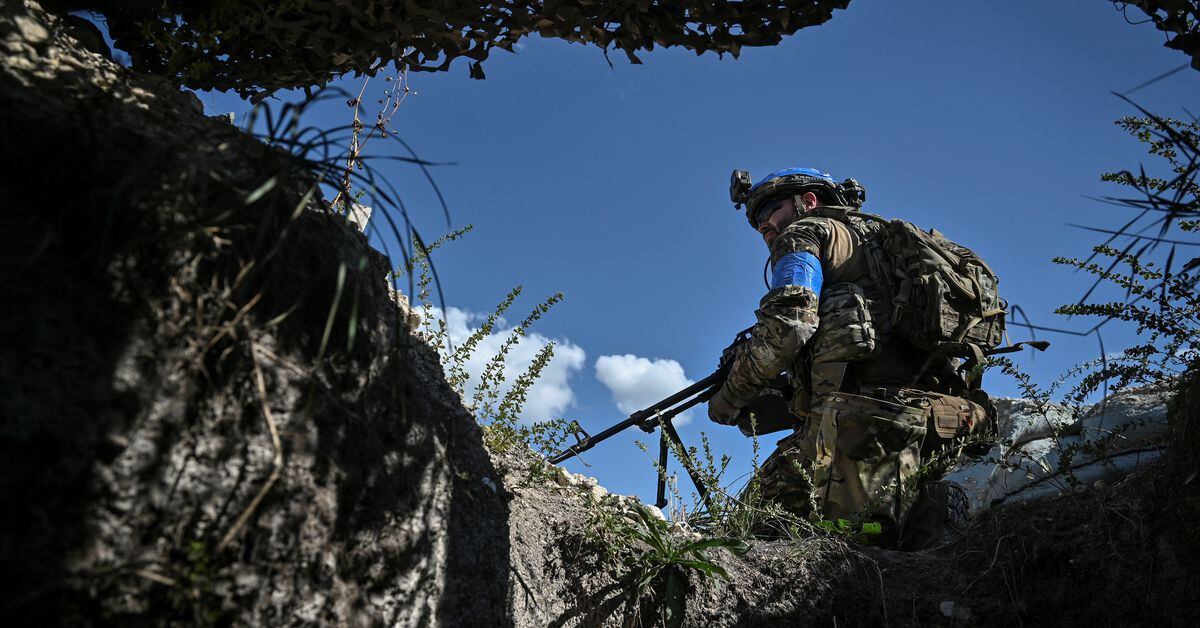
Ukrainian soldiers are vowing to take back the shattered city of Bakhmut but face a long, hard slog after encountering fierce Russian resistance while retaking two villages last week on strategic high ground nearby.
Bakhmut, captured by Russian forces in May, is Moscow's only big prize in more than a year of the war's bloodiest fighting, described by both sides as a meat grinder. President Volodymyr Zelenskiy said this week that Kyiv would retake the city following the capture last week of Andriivka and Klishchiivka to the south.
Viktor, a 23-year-old machine gunner and sharpshooter in the Third Separate Assault Brigade that has led the Ukrainian counter-offensive on Bakhmut's southern outskirts, had no doubt that the ruined city would be recaptured.
But it won't be easy because Russia will still fight hard for it, demonstrated by the ferocity of the combat his unit had just endured in the outlying villages.
"As for Bakhmut: we will take it," he said. "It will be difficult. One shouldn't think that the counter-offensive and taking Bakhmut is easy: (that) we just flank them, close reinforcements routes and it is done. No, it is very difficult work. And it won't happen in a day or two or in a week."
Ukrainian soldiers who spoke to Reuters at a location about 20 km (12 miles) from Andriivka described a bloody slog, costing lives for every metre, before they ultimately vanquished the village's Russian defenders.
"There was a line of woods we had attacked twice before," said Viktor, who gave no surname. "When we actually entered it, we had to go a further three kilometres with the enemy constantly shooting. There were drones and explosions causing a lot of damage to our 'brothers'."
"People should understand that along every metre in that line of woods, boys are dying, many are injured," he said,
His unit managed to advance through the woods, he said, but postponed its main assault until morning because it was dark.
"Our comrades from another unit came from one side. We came from the other. They (the Russians) understood there was nowhere to go so they came to terms with it," he said.
A soldier called Ilia, also 23, said there was simply no time to be afraid during the assault on Andriivka.
"We were taking prisoners. They came out and our guys tied them up and I had control of the situation," he said.
"I had to search the house with my comrade to make sure everything was 'clean' and at that moment a mortar round flew by very close, into one of the prisoners. I had a concussion. It was fine afterwards. Everyone who was there had a concussion."

Wagner fighters continue to pop up “here and there” on the frontlines in Ukraine, said the general leading the country's counteroffensive along the southern frontline.
“In some directions, I can’t say whether it's the Kherson region, or our direction, or somewhere else they do pop up,” Gen. Oleksandr Tarnavsky said when asked about reports that Wagner fighters had been redeployed to Kherson. “The fact is that their badges appear here and there — that’s been constant.”
Tarnavsky went on to say that his men usually speculated about the presence of Wagner whenever their enemy started behaving more competently.
“We suspect the presence of Wagner if we see the deterrence of our offensive forces with the involvement of a category of military personnel who perform these tasks in a more interesting (more non-standard) way,” he explained. “This makes one think: 'Maybe it's Wagner has showed up?'”
“But there is no such unit in my area of the front today,” he said. “Regarding Kherson direction — I can’t say.”
How pro-Kremlin radio anchor Sergey Mardan spins Sevastopol attacks: He says it was “a decisive blow on the entire Russian elite that hopes to freeze the conflict”.
“They still don’t want to fight. They are still ready to accept any, even most humiliating truce conditions”.
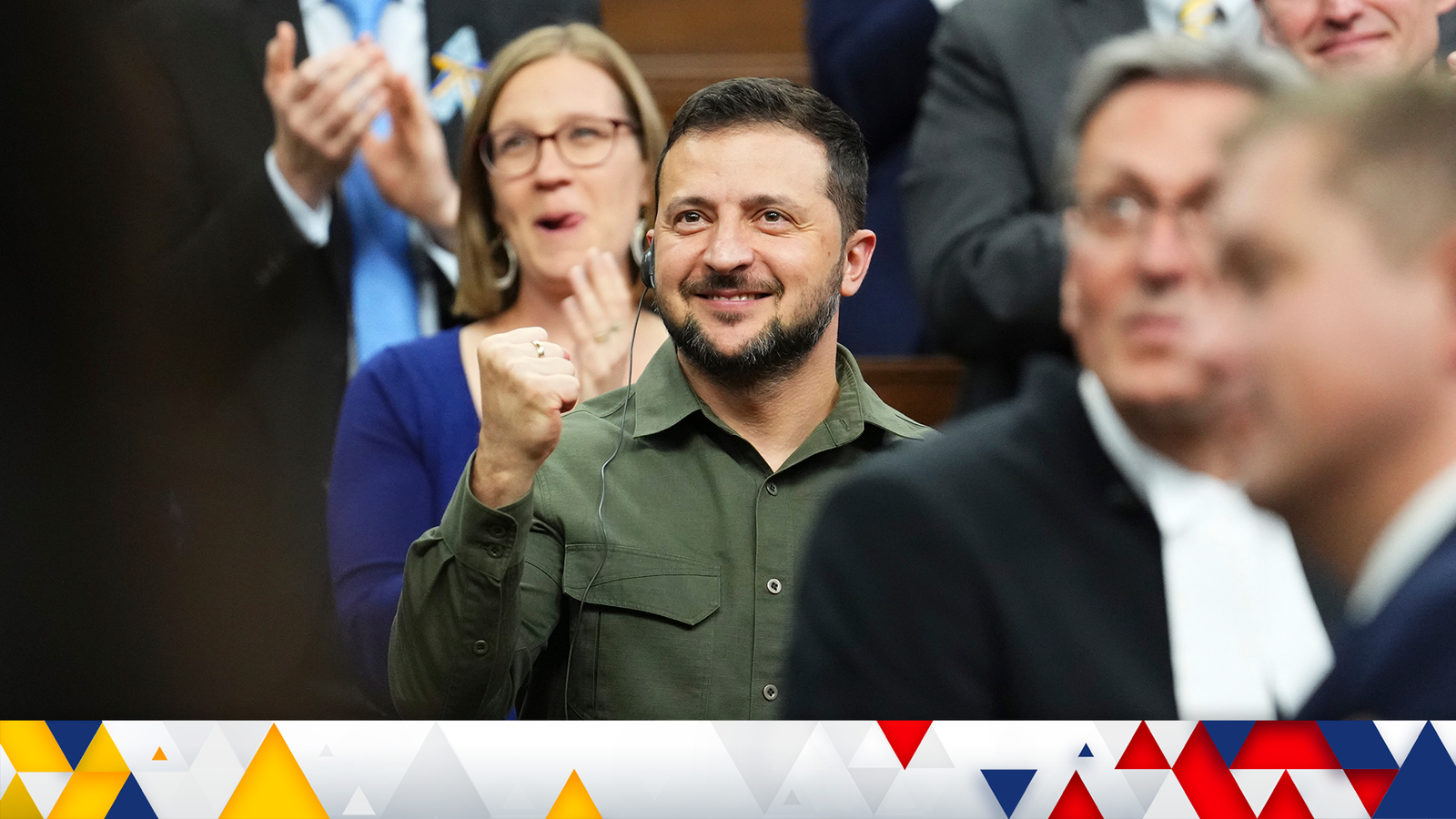
Sky News' international correspondent Alex Rossi has weighed in on one of our top stories today - a Ukrainian strike on the Black Sea fleet's headquarters in Crimea.
"It is a very significant strike - symbolic - but also will have done some damage as well," he said.
"We are seeing an uptick in the tempo of these attacks, and it fits in more with the general strategy that Ukrainians are pursuing at the moment to interfere with the Russians," he added.
When asked about what the the wider target of the strike was, Rossi said: "The idea is to interfere with Russian munitions."
"There's lots of military hardware down in Sevastopol and [Ukraine is trying to] stop it getting to where it's needed along the frontline," he said.
"I would expect that over the coming weeks we will see even more of kinds of strikes," he concluded.
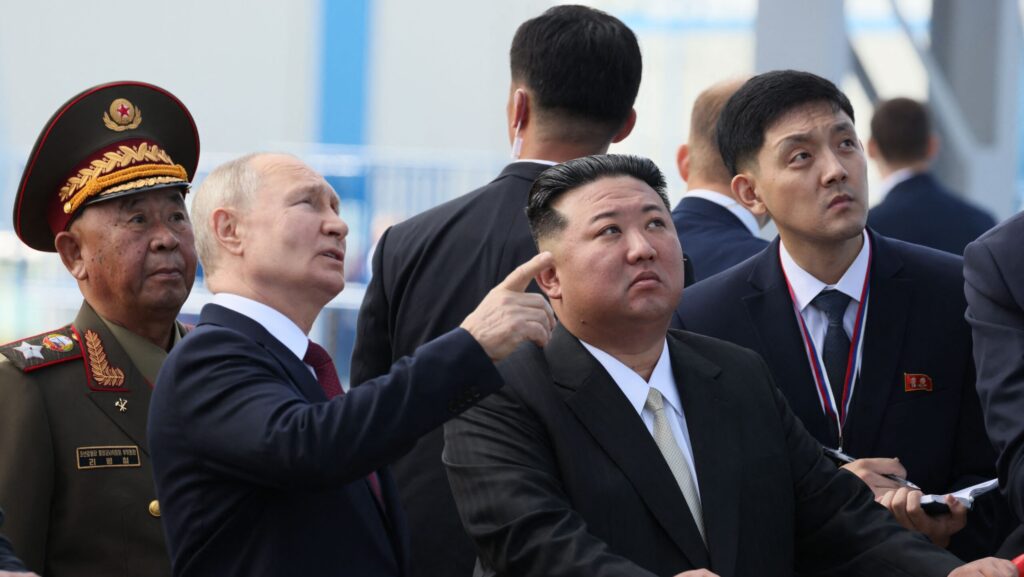
Following a meeting between Russian President Vladimir Putin and North Korean leader Kim Jong Un, a top Defense Intelligence Agency official said it “wouldn’t surprise us” if the two nations had spoken “in detail about weapons transfers.”
“It’s very concerning, no question about it,” DIA Deputy Director Suzanne White told the audience at the Potomac Officers Club Intel Summit on Thursday in response to a question about the Putin-Kim meeting from Breaking Defense. “We are watching, trying to glean as much as we can out of those interactions, out of those conversations.”
“Really, Russia is reaching a level of desperation, looking for additional suppliers out there” as sanctions take their toll, White said.
She declined to say whether the military intelligence agency had seen evidence that any such weapons transfers had actually taken place, but told the audience, “We will continue to observe that and watch that, to see what comes of that.”
“Please, just know that’s something the IC [Intelligence Community], DIA is watching,” she said.
The Russian information space heavily focused its attention on the Ukrainian strike on Sevastopol on September 22. One Russian milblogger complained about Russian authorities’ inability to control the spread of Ukrainian information about the consequences of the strike, and other milbloggers criticized Russian authorities and the Russian military for not retaliating sufficiently.[8] Another Russian milblogger claimed that such Ukrainian strikes on Crimea are expected as Ukraine and its Western partners consider Crimea to be Ukrainian territory.[9] Multiple Russian milbloggers claimed that Western partners helped Ukrainian forces target the BSF Command headquarters.[10]
Ukrainian forces advanced south of Bakhmut and reportedly advanced in western Zaporizhia Oblast on September 22. Geolocated footage published on September 22 indicates that Ukrainian forces advanced southeast of Klishchiivka (7km southwest of Bakhmut).[11] A Kremlin-affiliated milblogger claimed that Ukrainian forces slightly advanced north of Novoprokopivka and are currently about 800 meters away from the settlement’s outskirts, a claim that generally corresponds to ISW’s assessment of the closest approach of the Ukrainian counter-offensive to the settlement.[12] The Ukrainian General Staff reported that Ukrainian forces continued to conduct offensive operations in the Melitopol (western Zaporizhia Oblast) direction and offensive actions in the Bakhmut direction, exhausting and inflicting losses on Russian forces along the entire front.[13]
Russian efforts to intensify divisions between Ukraine and its Central European partners appear to have suffered a setback as Polish Prime Minister Andrzej Duda reiterated the strength of Polish-Ukrainian relations on September 22. Duda clarified Polish Prime Minister Mateusz Morwiecki’s September 21 statement that Poland would no longer transfer weapons to Ukraine and explained that Poland would continue to fulfill weapons supplies agreements with Ukraine but would not transfer new weapons that Poland purchases for its own military.[19] Duda also stated that the potential conflict between the two countries regarding the export of Ukrainian grain along European land routes does not “significantly affect” the two countries’ relationship.[20] ISW has previously assessed that Russian strikes on Ukrainian port and grain infrastructure are part of a Russian campaign to damage Ukrainian relations with its Western neighbors, and Poland’s swift reiteration of its commitment to Ukraine indicates that this campaign is not succeeding as much as Moscow likely intends.[21]
The Russian Federal Security Service (FSB) is reportedly investigating high-ranking Rosgvardia officials over their potential involvement in Wagner Group’s rebellion on June 24. A Russian insider source claimed on September 22 that the FSB is investigating Rosgvardia officials after Rosgvardia reportedly allowed Wagner to “hide” shells and equipment in Rosgvardia’s warehouses immediately after the Wagner rebellion and during the period of Wagner’s disarmament.[26] The source claimed that an unspecified Rosgvardia general with the first name “Roman” oversaw the storage of up to four large containers of Wagner military equipment near a Rosgvardia training ground in the area of “Kazachy Stan” (likely a settlement in an unspecified region of Russia).[27] ISW continues to assess that the Kremlin likely aimed to consolidate Russia‘s internal security apparatus around Rosgvardia following the Wagner rebellion.[28] The Russian Ministry of Defense (MoD) announced on June 27 that it would prepare to transfer Wagner’s heavy military equipment to unspecified elements of the Russian military on the same day that Rosgvardia Head Viktor Zolotov announced that Rosgvardia would receive heavy weapons and tanks.[29] The Russian government also officially transferred the “Grom” special units of the Russian Federal Drug Control Service (of the Russian Ministry of Internal Affairs) to the control of Rosgvardia in July.[30]
DW spoke to Stephen Blank, Senior Fellow at the Foreign Policy Research Institute's Eurasia Program, about the Ukrainian strike on Russia's naval base in Sevastopol in annexed Crimea.
"It's a defeat, to be perfectly blunt about it," Blank said. "It shows that the Russians have inadequate defenses against Ukrainian anti-ship and drone artillery. And what's more that they don't seem to be able to cope with the threat that Ukraine poses to them. It also is another indication that the naval strategy Russia has followed, it is falling apart."
Asked why Russia's naval strategy for the war seemed to be failing, he said it was difficult to be sure.
"Obviously they don't take the Ukrainian capability seriously enough — still. They don't have proper air defense: that's quite obvious. And they're leaving these buildings, to all intents and purposes, unprotected," Blank said.
Asked why Russia's own response to the attack had been comparatively muted, Blank said he suspected both that Moscow had not been prepared, and that the Kremlin might be looking for a scapegoat.
"It means they were taken by surprise and they don't have an answer for it. And that, probably, Putin is looking for somebody's head to roll as a result of this, because this is a terrible failure. This is the main headquarters building of the Black Sea Fleet, and it appears to have been undefended."

The first wound Andrii suffered was a shot in the shoulder fired by a Russian infantryman in eastern Ukraine last spring. The second came minutes later, as the 20-year-old sergeant lay writhing in pain in the mud: he was hit in the back by shrapnel from an exploding Russian shell.
If he is ever wounded again, he says, it will probably be by his own hand.
“I am absolutely ready to shoot myself in the leg rather than ever go back to the front,” said Andrii, who deserted from his unit after he was discharged from hospital with bullet fragments in his left shoulder and ordered to return to the front.
“I was a contract soldier, a professional,” he said from his refuge in Lviv, speaking on condition that his full name was withheld. “But after seeing so much corruption and incompetence involved in the system that paid no attention to me or my wounds, why should I go back to be meat in a trench?”
His voice is rare in a society whose civilians and soldiery remain largely committed to President Zelensky’s aim of driving Russian forces out of Ukraine. But his account of disaffection and desertion highlights the problem Ukraine faces as it tries to preserve its veteran units and mobilise thousands more soldiers for a long war ahead, while public anger over corrupt officials, draft dodgers and the treatment of exhausted soldiers grows.
Andrii, who saw repeated action until he was wounded, with all but one other man in his six-man team killed in action, blamed much of his anger on the way he was handled by a Ukrainian military medical commission.
Most of the bullet passed in one side of his shoulder and out the other, but it fragmented against bone, leaving shards of metal pressed against the joint. An operation to remove the fragments at a hospital in Vinnytsia was only partially successful, and months later he still had persistent pain and numbness down his left arm. A doctor suggested he pay a bribe to have himself released from the army.
“The doctors said that they couldn’t take all the bullet fragments out without the risk of damaging nerves so badly that I’d lose the use of my arm,” said Andrii, who had joined the army as an 18-year-old volunteer. “One doctor offered to write me a certificate saying I was unfit for future service if I paid him $1,500. But I didn’t take his offer. At the time I was still angry, keen to fight the Russians and to get my revenge for my dead friends.”
Ukraine’s military medical commissions, which assess the fitness of mobilised men for active service as well as the health of serving soldiers, became the focus of a corruption scandal this year.
It is alleged that a system of kickbacks paid by unwilling draftees or soldiers to doctors to issue “white ticket” exemptions from service enabled the head of Odesa’s regional military mobilisation office, Yevhen Borysov, to buy a $4.35 million villa in Marbella. Borysov was arrested in July and is under investigation.
Ukraine’s National Agency for the Prevention of Corruption said Borysov acquired illegal payoffs totalling $5 million — and he was far from alone. Subsequent investigations have caused Zelensky to sack the head of every regional mobilisation office.
Three successive commanders of one of Russia's most prestigious airborne regiments have either resigned or been killed since Moscow's invasion of Ukraine, the UK Ministry of Defence said.
The 247th Guards Air Assault Landing Regiment commanders Col. Vasily Popov and Col. Konstantin Zizevsky were likely killed, the ministry said in its latest update.
Col. Pytor Popov likely resigned, it added.
"The experience of the 247th highlights the extreme attrition and high turnover in Russia's deployed military, even amongst relatively senior ranks," the statement said.
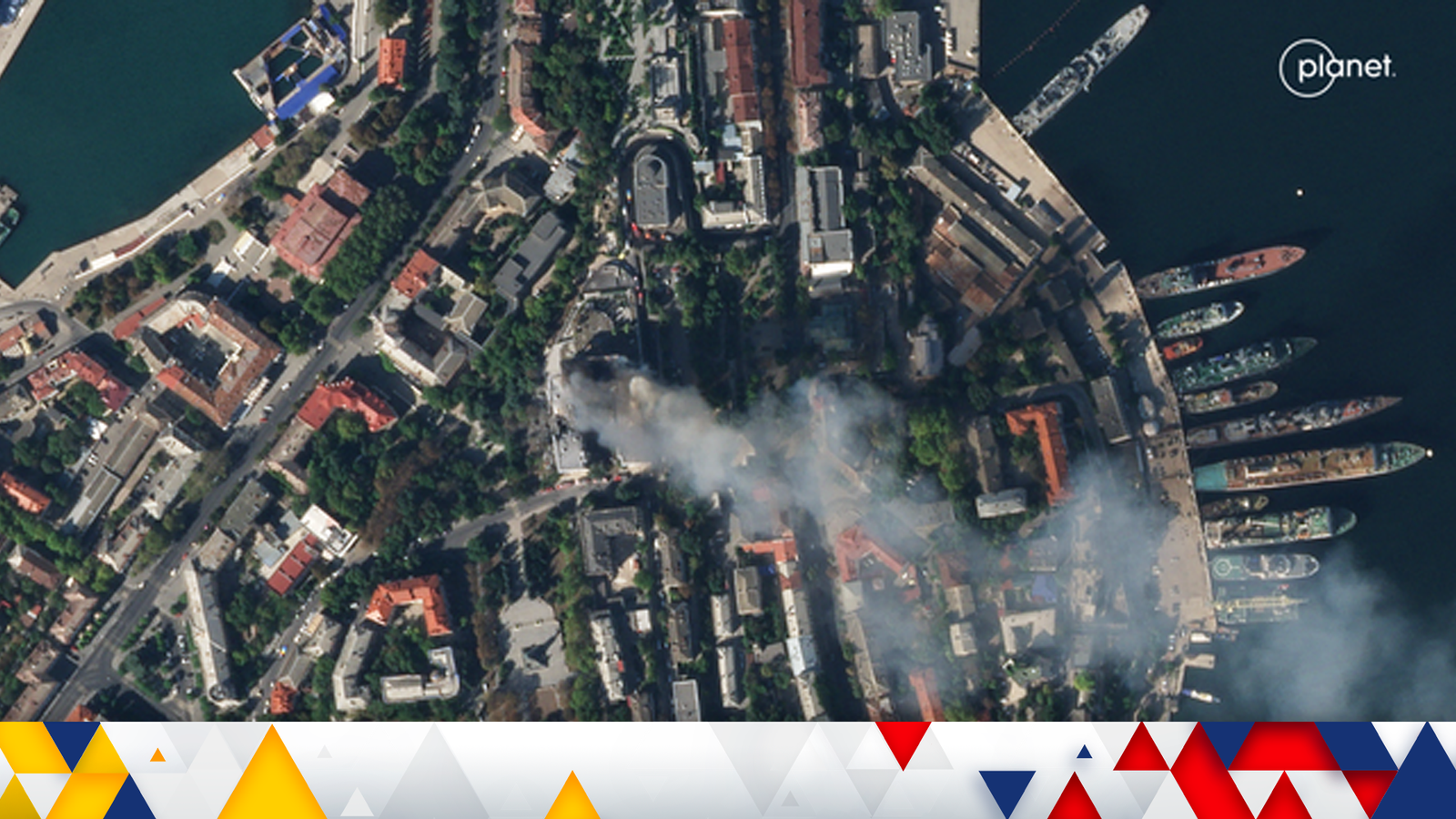
Norwegian police have arrested a former commander from the Wagner mercenary group on suspicion of attempting an illegal border crossing back into Russia after having sought asylum in Norway earlier this year, as confirmed by the individual's lawyer today.
Andrei Medvedev, who managed to escape Russia in January through its Arctic border with Norway, has recounted his escape under gunfire from Russian guards. He has also shared his experiences of serving with the Wagner group in Ukraine.
Late on Friday, the police issued a statement indicating the arrest of a man in his twenties for trying to unlawfully cross the Russian border, yet refrained from disclosing his identity. A local police officer in Finnmark declined to provide details about the arrested individual.
Mr Medvedev's lawyer in Norway, Brynjulf Risnes, said that his client's arrest stemmed from a misunderstanding.
"He was up there to see if he could find the place where he crossed (into Norway in January). He was stopped when he was in a taxi. He was never near the border ... It was never his intention to cross the border (into Russia)," Mr Risnes said.

British officials have engaged in diplomatic discussions with key Kremlin representatives concerning global security amid the ongoing Ukraine conflict, the i newspaper reports.
The discreet meetings have transpired over the last 18 months, occurring in various locales such as Vienna and New York, as part of behind-the-scenes diplomatic efforts. The discussions have primarily revolved around security concerns impacting both the UK and the international community, encompassing topics such as grain shortages and nuclear safety.
But the UK has not actively pursued peace negotiations aimed at a diplomatic resolution to the conflict, as confirmed by a senior British diplomat who participated in some of these conversations.
"We have been keeping in contact and we feel it’s crucial to maintain an open dialogue during the war in Ukraine," they said.
"We are in no way divvying up parts of the country or making peace agreements on anyone’s behalf, but it’s vitally important to keep that line of contact open."
A spokesperson from the Foreign, Commonwealth and Development Office (FCDO) informed i that meetings with Russian officials have indeed taken place, but only when they were considered "absolutely necessary". The spokesperson also dismissed any assertions suggesting that these discussions aimed to negotiate the termination of the Ukraine conflict, deeming such claims "neither credible nor accurate".

US Secretary of State Antony Blinken and South Korean, Japanese counterparts have expressed "serious concern" over the discussion of military cooperation between Russia and North Korea, including possible arms trade, South Korea's foreign ministry said today.
Mr Blinken, South Korea's Foreign Minister Park Jin and Japan's Foreign Minister Yoko Kamikawa agreed to respond firmly to any acts that threaten regional security in violation of UN Security Council resolution in a brief meeting yesterday, the ministry said in a statement.
North Korea's leader Kim Jong Un made a weeklong visit to Russia last week and discussed military cooperation with Russian President Vladimir Putin.
US and South Korean officials have expressed concern that the summit was aimed at allowing Russia to acquire ammunition from the North to supplement its dwindling stocks for its war in Ukraine.
On Wednesday, South Korean President Yoon Suk Yeol said if Russia helped North Korea enhance its weapons programmes in return for assistance for its war in Ukraine, it would be "a direct provocation" and Seoul and its allies would not stand idly by.
Ukrainian forces and their armored vehicles punched through Russia’s main defensive line on the war’s southern front and are operating on the other side, a local commander said Saturday, in a modest but crucial gain for Kyiv as it seeks a major breakthrough in its grueling counteroffensive.
A Ukrainian air assault unit commander fighting in the southeastern Zaporizhzhia region said that over the past week, the armored vehicles pushed through the so-called “Surovikin line” near Verbove, a small village located several miles from Robotyne, which Ukrainian forces liberated last month. Russia still has substantial defenses built south of the line, such as those surrounding Tokmak, about 25 miles southwest of Verbove.
The commander also said that sending through the vehicles, including German Marders and American Strykers, has come at a high cost. “A lot of equipment was lost there,” he said, speaking on the condition of anonymity because he was not authorized to do so publicly.
The Surovikin line — named for the former head of Russian forces in Ukraine, Gen. Sergey Surovikin, whom President Vladimir Putin fired at the beginning of this year — consists of three defensive belts, with a final line of trenches and “dragon’s teeth,” concrete pyramid-shaped obstacles intended to slow down vehicles and channel them into kill zones.
The commander said that Ukrainian infantry passed the final line “two to three weeks ago,” but the vehicles have only recently been able to move through. He said that “the front line has also moved further back behind the dragon’s teeth,” but this has taken place “more slowly.”
“You just have to understand that there is a saturation of antitank mines and a saturation of enemy forces, it’s just colossal,” the air assault forces commander said. “In the direction of Robotyne and Verbove, there’s a constant incoming traffic of assault troops.”
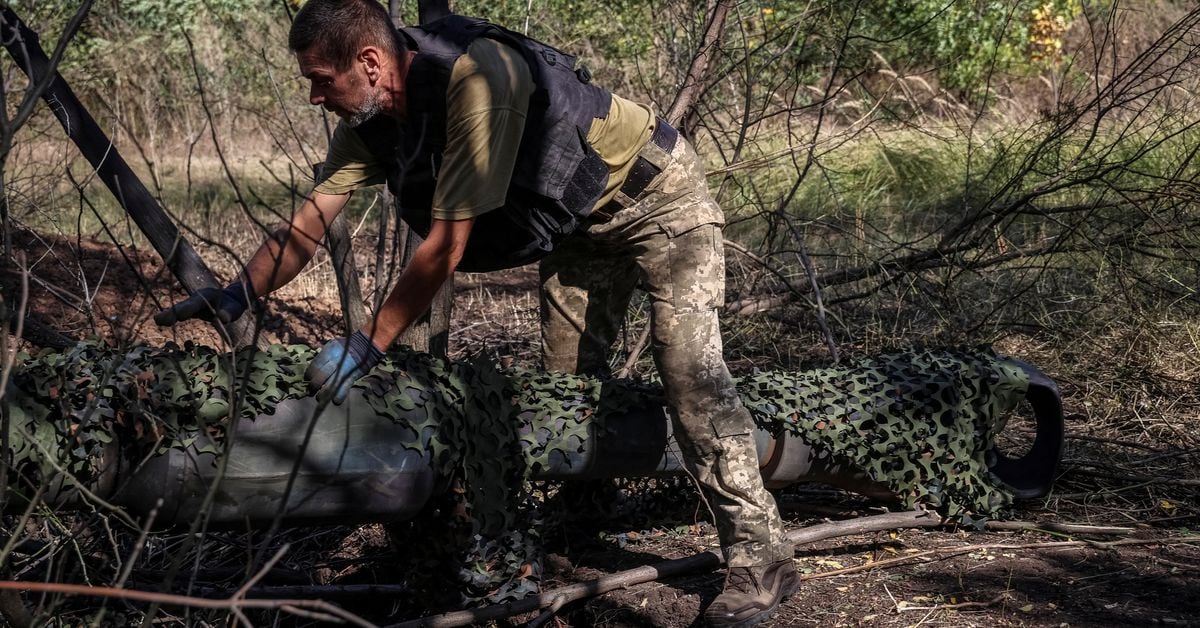
The use of heavy weapons supplied by the West in the fierce battle raging on the outskirts of Bakhmut, which was captured by Russia in May, is inflicting a significant toll on enemy lines, Ukrainian commanders have told Reuters.
Buoyed after the capture last week of the key village of Klishchiivka, Ukrainian troops have lauded the 155 millimetre howitzers as key equipment being provided by the United States and its NATO allies.
Unit commander Oleksandr said Ukraine's armed forces "very much rely" on heavy artillery, including the Polish-made Krab gun and the U.S.-made M109 self-propelled howitzer.
"Even one gun can completely turn the situation around. An attack can be stopped with one such gun," he said.
"The main thing is to aim where needed. They (the Russians) hate our hardware. That's what we gather from our intercepts. We hear that we keep giving them hell and they keep wondering how much ammunition we have left."
Oleksandr, 30, described Klishchiivka - a village on the heights south of the devastated town of Bakhmut - as "one of the places they (the Russians) were clinging to."
"We will see what's next. We will develop our success," he said.
Ukrainian commanders have described the capture of Klischiivka and nearby Andriivka as stepping stones to taking back Bakhmut, which fell to the Russians after months of some of the war's heaviest fighting.
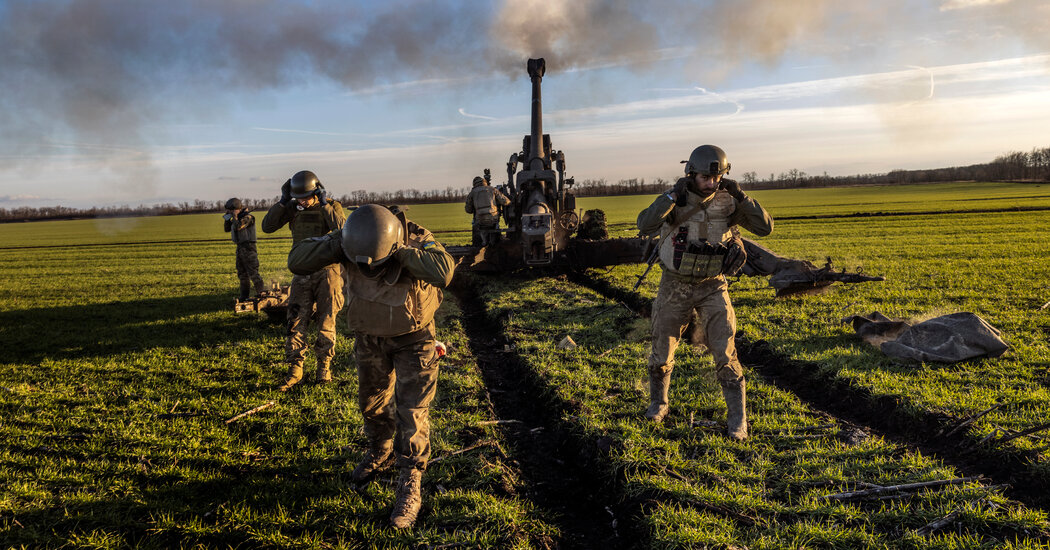
But for all of the efforts to increase supplies since the European Union announced its goals, weapons makers are running into a familiar problem: After atrophying badly in the 30 years since the end of the Cold War, they still have too few resources and too many supply chain bottlenecks to deliver the one million rounds by the deadline.
“I don’t know where these rounds are coming from,” said Morten Brandtzaeg, the chief executive of Norway-based Nammo, which produces about 25 percent of Europe’s ammunition. “The industry capacity is not there.”
“I think we should not say that it’s not doable,” he added. “But I cannot see quite how right now.”
Peter Stano, a spokesman for the European Union, maintained that the bloc was doing what it could. “The intention of the E.U. is clear: to help,” he said in an email. “This is what everyone involved is trying to do with best intentions.”
Washington will send a version of the missiles armed with cluster munitions rather than a single warhead, the people said.
The decision was made before Ukrainian president Volodymyr Zelenskyy visited the US this week, but the Biden administration chose not to announce it publicly. One person said this was to avoid tipping off the Russians, prompting them to move their supply lines further back from the frontline.
The missiles have a range of up to 300 kilometres, or 190 miles, allowing Kyiv to strike Russian forces at longer range than they have previously been able to reach.
The US will send them in the near future, in small numbers at first, the people said.
Ukraine has long requested hundreds of ATACMS, including the kind with a unitary warhead. Until now the US held off — in part because of fears that supplying Kyiv with the weaponry could escalate the conflict, and in part because the Pentagon worried it did not have enough for its own future needs.
But after the Pentagon and other agencies signed off on it, officials said they had become comfortable enough to send them. Sending the cluster bomblet kind helped to ameliorate some of the officials’ concerns because they would not deplete stocks of the missiles with unitary warheads, according to the people familiar with the discussions.
ATACMS have an advantage over the British and French missiles because they can be fired from Himars launchers rather than Ukraine’s ageing Soviet-era fighter jets.
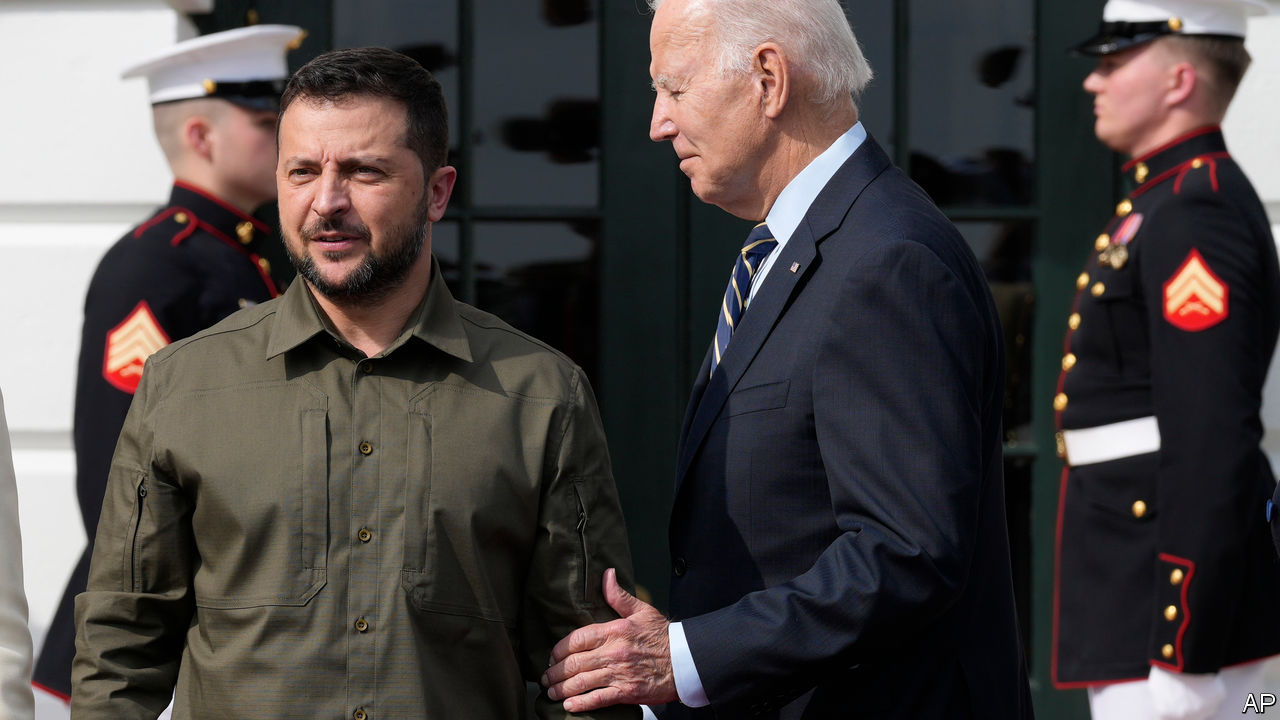
But ATACMS still has significant military value. For one thing, the British and French missiles are scarce in number and Ukraine has used up many during the summer. The head of France’s air force recently acknowledged that his country would soon have to stop deliveries in order to protect its own stocks.
Fabian Hoffmann, an analyst at the University of Oslo, has estimated that Ukraine, firing around 75 missiles per month, would run out of them some time between October and January. “Ukraine retains a long-range strike capability until early next year,” notes Mr Hoffman. “But then it’s over.” Another missile previously promised by America, the 150km-range Ground-Launched Small Diameter Bomb (GLSDB), which was supposed to arrive this autumn, now appears to be delayed by months.
The main value of ATACMS is to supplement this pool of long-range missiles, allowing Ukraine to keep up its strike campaign for longer than would otherwise be possible. That will be especially important to keep Russia on the back foot through the winter, even when Ukraine’s ground offensive will have paused because of weather conditions and a shortage of shells.
What is not clear is how many ATACMS will be sent: production is limited and American generals are wary of giving up too many, one reason why Mr Biden dallied for so long. In a recent interview with The War Zone, a website, Lieutenant General Kyrylo Budanov, Ukraine’s military intelligence chief, said that “if it’s 100 missiles, this won’t change the situation.” Ukraine, he insisted, needed “at least hundreds”.
The second advantage is that ATACMS works differently from the Anglo-French missiles. Storm Shadow and scalp are cruise missiles, which use air-breathing jet engines and fly on low and flat trajectories, like planes. They are also designed to penetrate hardened targets. ATACMS is a ballistic missile which flies high into the air before plunging down at supersonic speeds. It reaches a target around three times quicker than the cruise missiles, which makes it useful to strike moving targets. The trajectory and high speed also pose a different sort of challenge to Russian air defences.
A third factor is the particular sort of ATACMS that America may send. One version has a “unitary” warhead, which means that it carries a single explosive charge—about 50% greater than the smaller, shorter-range GMLRS. But another type—the one Ukraine seems more likely to get—carries a cluster warhead, containing a large number of small bomblets.
Mr Biden’s decision might also have happy knock-on effects. Olaf Scholz, Germany’s chancellor, has been under pressure to follow Britain and France in sending long-range Taurus cruise missiles. These have particularly advanced fuses, which count how many layers they have penetrated, and can thus do more damage to complex targets like bridges. Mr Scholz has, so far, refused. Now that Mr Biden has broken the last serious taboo on weapons deliveries, Mr Zelensky’s hope is that Swedish-German missiles may not be far behind.
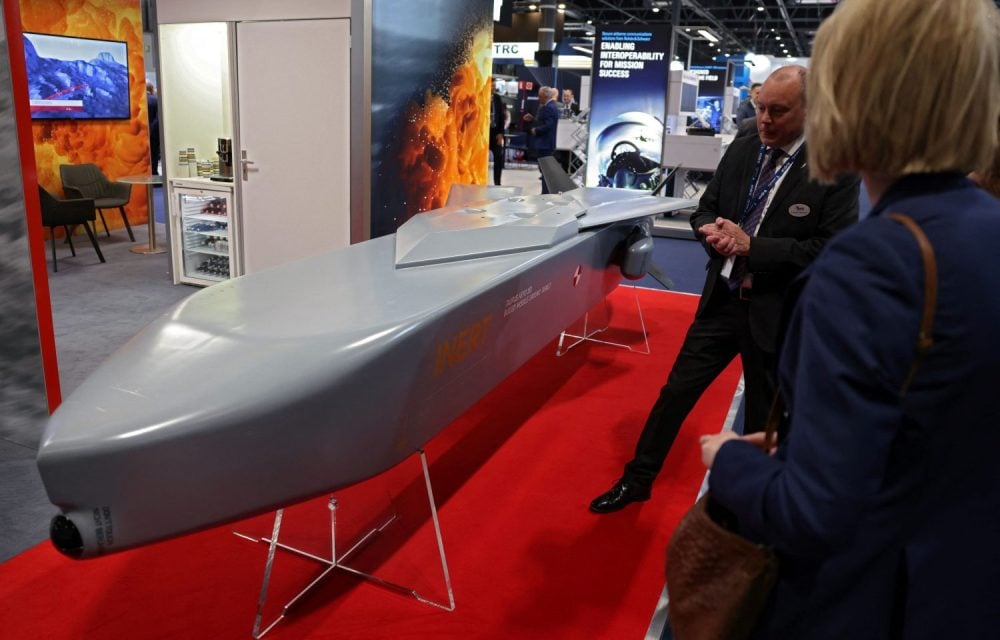
The destruction or disruption of an enemy’s command and control and logistics far behind the front line is also known as deep battle, and it is often seen as the secret sauce to quick Western military success in recent decades. Little surprise, then, that many commentators—especially those who served in Western militaries in the 1980s and 1990s—have gone to pains to highlight Ukraine’s deep battle campaign. Consequently, precision-guided munitions such as the Taurus cruise missiles, as well as the Army Tactical Missile Systems (ATACMS) that Washington seems to be on the verge of delivering, are seen as critical assets for Ukraine.
None of this means that Ukraine should not get these missiles, but a healthy dose of realism as to what they can accomplish is required. There are two principal reasons why the Taurus and ATACMS will likely have a much more limited impact on the battlefield. First, Ukrainian forces have already been supplied with similar systems. Additional cruise missiles would thus replenish Ukraine’s arsenal, but they would not offer a significant additional capability to which Russian forces would need to adapt. Second, as I saw during field research in Ukraine over the summer, there may be a fundamental misunderstanding by some observers regarding what a deep battle campaign can accomplish. In short, conducting a deep battle campaign to systematically dismantle the Russian military system in the rear of the front line, including interdicting supply lines, is much harder than commentators think.
Taurus cruise missiles will certainly extend existing Ukrainian capabilities. The missile has an effective range of up to 500 kilometers and is designed to be used against hardened or buried targets—including command bunkers, ammunition depots, bridges, and other key transportation hubs. The missile reportedly has a slightly more powerful warhead than other precision-guided munitions in Ukraine’s arsenal, which could make it more effective in disabling bridges, such as those linking Crimea with mainland Ukraine. In reality, however, a lack of penetrative power has been less of an issue for Ukrainian missiles than accurate targeting and getting past Russian air and missile defense systems. Given the Germans’ likely range restrictions on the missiles’ use, the missile’s one major advantage over similar weapons already used by Ukraine—its longer range—will be limited.
Another reason the Taurus will not be a game-changer for Ukraine is that Germany is unlikely to deliver enough of them to make a major difference. Based on published reports and my own assessments, Britain and France together supplied Ukraine with perhaps 250 to 400 cruise missiles since May, of which Ukraine has fired between 180 to 200. Germany could potentially replenish Ukraine’s arsenal with about 150 Taurus cruise missiles, which, according to one analysis, would offer Kyiv enough precision-guided munition extend its campaign against Russian targets in the rear of the front line by another two months. While this would be important for Ukraine, we should not expect it to have a major strategic impact.
Even larger quantities—whether of the Taurus alone or in combination with ATACMS—would not guarantee a game-changing impact. As Michael Kofman and Rob Lee pointed out, conducting a successful deep battle campaign is much harder than most commentators seem to think. It is very difficult to interdict supply lines, conduct dynamic targeting, or establish fire control in the deep rear without air superiority. To conduct a more systematic deep battle campaign, Ukraine would need persistent intelligence, as well as better surveillance and reconnaissance capabilities (such as satellites and uncrewed aerial vehicles) to identify and track Russian targets.
Given effective Russian countermeasures—such as electromagnetic jamming of drones, and Ukraine’s lack of high-end reconnaissance platforms and lack of control of the skies—persistent coverage of the Russian rear is a difficult proposition.
The hope that Taurus and ATACMS will be game-changers also seems to ignore systematic Russian adaptation ever since the introduction of HIMARS multiple rocket launchers in the summer of 2022. Russian forces have hardened command and control posts, diversified their supply network, and no longer rely on large, vulnerable ammunition depots close to the front line. Even if Ukraine were able to more systematically employ long-range missiles in larger quantities, it is unclear how effective such a strike campaign would be against a well-entrenched adversary with sophisticated air and missile defense and strong electronic warfare capabilities.
Finally, some commentators seem to overestimate the amount of supplies the Russians need to hold off or delay Ukrainian attacks on the front line. It is true that Russian logistics are under increasing pressure, as evidenced by reduced artillery fire rates as well as difficulties rotating troops to and from front-line positions. But Russian forces are still able to mount counterattacks, conduct counterbattery fire, and keep up relatively steady artillery barrages in the face of Ukrainian attacks.
In short, given missile availability and Russian adaptations, the expectations in what can be accomplished with long-range missiles in the Russians’ deep rear are far beyond what seems to be possible. We should not expect a sudden, disruptive impact on the war effort from additional precision-strike missiles, even if they are armed with a more powerful warhead and have an even longer range, such as ATACMS. Rather, these systems will be an additional asset to help Ukraine slowly attrit Russia’s capacity to wage this war.
The fact that Taurus cruise missiles or ATACMS are unlikely to be game-changers on the battlefield does not mean that they should not be sent. On the contrary: Western support for maintaining Ukraine’s precision-strike capability is an important component of the Ukrainian armed forces’ overall attrition strategy. One way to increase the missiles’ potential effectiveness would be to lift restrictions on their use—for example, by allowing Ukraine to target the Kerch Bridge.
As much as Ukraine needs German and U.S. missiles, however, it is critically important to have a more nuanced debate about what individual weapon systems can and cannot accomplish in this war. The bitter truth is that there are no shortcuts to victory using specific weapons or Western deep battle doctrine. The earlier that we acknowledge this simple fact, the less potential for disappointment and friction between Ukraine and its partners—and the greater likelihood that Kyiv can get the capabilities and resources it needs to confront Russian aggression in what is likely to be a long war.
The most important fighting in Ukraine right now is taking place in a few fields and tree lines near a southeastern agricultural village that had only a few hundred inhabitants before the war.
Ukrainian paratroopers pierced the main Russian defensive line to the west of the village of Verbove in late August and have since fought their way through fortifications and created a path to send armored vehicles through.
Ukraine has sent some of its strongest units, equipped with Western-supplied armored vehicles, to fight there, including air-assault troops. There are plenty of reasons why they picked Verbove, in the Zaporizhzhia region, according to military analysts and soldiers, from the relative weakness of Russian defenses there to the options it offers for further advances.
As Ukraine took control of Robotyne, it deployed some of its most-powerful air-assault units, including the 82nd Brigade.
Their biggest advance has come to the west of Verbove, where the main Russian defenses skirt the edge of the village. It is there that they have made a small breach of the main defensive line, which they are trying to expand.
One reason, analysts say, is that the direct path to Tokmak through the village of Solodka Balka has stronger fortifications.
Some trenches west of the Verbove area lack elements such as accommodation bunkers and covered firing positions, said Emil Kastehelmi, an open-source intelligence analyst with Black Bird Group.
“The place that Ukrainians have been breaching at the moment is the point where the defenses seem to be a bit weaker than in some other places,” Kastehelmi said. Soldiers there say fighting has been intense and progress measured in tiny increments.
Breaching near Verbove also offers a route toward the city of Berdyansk on the Azov coast, which could force Russia to spread its troops thinner.
The alternate path through Solodka Balka would take Ukrainian forces into a more heavily fortified zone, which would be easier to defend for Russian troops. Satellite imagery analysis of the area by Kastehelmi shows covered trenches and fighting positions, antitank ditches and rows of concrete blocks known as dragon’s teeth, among other defenses.
The comparative weakness of Russian positions west of Verbove could stem from various factors, such as limited resources and manpower or failures by individual units in their areas of responsibility.
Recent satellite images show the Russian forces rushing to patch these gaps ahead of where the Ukrainians are advancing, both closer to the front line and further south.
The enhancement of the existing defensive line came as Russian forces sensed the focus of the Ukrainian advance, said Brady Africk from the American Enterprise Institute, a think tank. Recent extensions of fortified lines range from adding minor obstacles to digging kilometers-long antitank ditches, Africk’s analysis of satellite imagery shows.
Since May, Russian forces laid new rows of dragon’s teeth obstacles for tanks near Romanivske, about 11 miles southeast of Verbove. Between July and August, the Russian forces added fortifications near Chervonoselivka. New trenches and barriers also popped up near Ivana Franka in late August.
“Russian forces are trying…to employ a treadmill strategy where, as the Ukrainians progress, more fortifications are constructed to meet them, making it more difficult for them to advance,” said Africk.
Some of the obstacles are more difficult to track. Even in the positions that appear to show glaring weaknesses or ample space for advance in satellite imagery, the threat of minefields remains.
A source from Ukraine’s Defense Intelligence said that the agency carried out drone attacks on a Federal Security Service building and an oil refinery in the Russian city of Kursk.

Russian civilians are "highly likely" to have been experiencing petrol and diesel shortages in recent weeks, the British Ministry of Defence (MoD) has said.
"The shortages are unlikely to be a direct result of the war," it added.
"They are probably being caused by a range of factors including short-term demand increases from the agricultural sector, annual summer maintenance of refineries and attractive prices for export."
It said Russia suspended nearly all diesel and petrol exports in order to stabilise its internal markets on 21 September.
"The move will almost certainly further constrain supplies in a tight global market, likely having the greatest impact on countries currently dependent on Russian fuel supplies," the MoD added.
ISW is now prepared to assess that Ukrainian forces have broken through Russian field fortifications west of Verbove in western Zaporizhia Oblast. These fortifications are not the final defensive line in Russia’s defense in depth in western Zaporizhia Oblast, but rather a specific series of the best-prepared field fortifications arrayed as part of a near-contiguous belt of an anti-vehicle ditch, dragon's teeth, and fighting positions about 1.7 - 3.5 km west of Verbove.[1]
Ukrainian forces have not overcome all of the prepared Russian defensive positions near Verbove. Ukrainian forces’ rate of advance near their breakthrough remains unclear. Russian forces likely still control segments of the long trench line of Russian fighting positions between Robotyne (10km south of Orikhiv) and Verbove, especially near the tactical high ground to the south. Russian forces have reportedly established prepared fighting positions in almost every tree line that Ukrainian infantry are slowly and systematically fighting through. Russian forces have more field fortifications beyond Verbove; there are more anti-vehicle trenches and fighting positions north of Ocheretuvate (26km southeast of Orikhiv), for example. It is unclear the extent to which those positions are manned, however. ISW continues to assess that the Russian military does not have sufficient forces deployed to this sector of the front to completely man its defenses in depth and that Ukrainian forces should be able to operate through Russian field fortifications more rapidly if they are not properly manned.[6]
Ukrainian forces are deepening their penetration in Zaporizhia Oblast and are assaulting Novoprokopivka – a frontline village 1.5 km immediately south of Robotyne. Geolocated combat footage posted on September 23 shows elements of the Russian 70th Regiment (42nd Motorized Rifle Division, 58th Combined Arms Army, Southern Military District) ambushing and killing two Ukrainian infantrymen in Novoprokopivka’s northeastern outskirts, indicating that Ukrainian forces have likely cleared Russian positions between Robotyne and Novoprokopivka.[7] Multiple Russian sources reported that Russian forces repelled a Ukrainian attack against northern Novoprokopivka on September 22.[8] This is the first confirmed Ukrainian ground attack in the immediate vicinity of Novoprokopivka.
The Ukrainian counteroffensive in western Zaporizhia Oblast has likely destroyed the Russian 810th Naval Infantry Brigade (Black Sea Fleet). Budanov stated in his interview with The War Zone published on September 22 that the 810th Brigade was “completely defeated” in southern Ukraine.[13] Budanov stated that the 810th Brigade has withdrawn and that Russian airborne (VDV) units replaced them on the front. Budanov‘s description of the status of the 810th Brigade corresponds most closely to the US military‘s doctrinal definition of the tactical mission task of “destroy”: “physically render[ing] an enemy force combat-ineffective until reconstituted.”[14] Elements of the 810th Brigade have reportedly been operating in the Zaporizhia direction since March 2023 and in western Zaporizhia Oblast since June 2023.[15] ISW previously observed the 810th Brigade in October 2022, when it was reportedly operating in Kherson Oblast, and the unit was likely reconstituting in the rear in the interim before assuming positions in Zaporizhia Oblast.[16] The 810th Brigade has repeatedly suffered significant losses, and Ukrainian forces have destroyed the unit in the past, following which the Russian military has reconstituted it. The Ukrainian General Staff reported on April 19, 2022, that the 158 soldiers of the 810th Brigade had been killed and about 500 wounded.[17] GUR Deputy Chief Major General Vadym Skibitskyi stated on July 31, 2022, that 200 servicemen of the 810th Brigade refused to return to the war in Ukraine, and the Ukrainian General Staff reported on September 12, 2022, that the 810th Brigade lost more than 85% of its personnel in the Kherson direction and that many again refused to return to combat.[18]
Ukraine’s simultaneous counteroffensives in Bakhmut and southern Ukraine are impeding Russia’s long-term force generation efforts as Russia redeploys its new reserves to defend against Ukrainian advances. Russian Defense Minister Sergei Shoigu announced that the Russian Ministry of Defense (MoD) formed a “reserve army” at the end of June, likely referencing the 25th CAA among other formations, which began recruiting personnel from the Russian Far East in mid-May.[24] The formation of the 25th CAA was likely part of Shoigu’s announced intent to conduct large-scale force restructuring by 2026, and the use of these forces in combat and defensive operations will likely expend reserves intended for the long-term reconstitution and expansion of Russia’s military.[25] The Russian military command has also likely been unable to fully staff or properly train the 25th CAA at this time. Budanov specified that the unfinished 25th CAA has about 15,000 troops, whereas the Russian military had reportedly hoped to recruit 30,000 contract personnel for the 25th CAA.[26] Ukrainian military officials assessed that the 25th CAA would not be combat effective until at least 2024.[27] Russia had previously attempted to form the 3rd Army Corps over the summer of 2022 as a reserve force but had deployed and expended much of this ill-prepared formation defending against Ukrainian counteroffensives in the fall of 2022.[28]
To counter Ukrainian naval drones, Russia has placed layers of barriers, nets, and barges at the entrance to Sevastopol harbor in Crimea.
Despite Russia’s war in Ukraine and a nationwide state of martial law, some Western politicians are pushing the government in Kyiv to hold parliamentary and presidential elections — a prospect that has left many Ukrainian officials scratching their heads.
Holding free and fair elections in wartime is virtually impossible and also ill-advised, according to Ukrainian officials, election experts and democracy advocates. Roughly one-fifth of Ukraine’s territory is now occupied by Russian forces. Millions of Ukrainians are displaced and many are living outside the country. Tens of thousands of soldiers are deployed to the front.
The pressure to hold elections, despite such obstacles, highlights the constant demand by some in the West that Ukraine prove its commitment to democracy, even though Ukrainians have twice risen up in mass pro-democracy demonstrations — the Orange Revolution of 2003-4 and the Maidan Revolution of 2013-14.
Ukrainian officials say that in order to hold a major vote during wartime, considerable financial, logistical and legal hurdles must be overcome. In private, some say that the prospect is outright impossible, and could provide Moscow security forces with a means to infiltrate and weaken Ukraine from within.
“The Russians are pushing for this through their secret channels,” a Ukrainian official in the security apparatus said, speaking on condition of anonymity because of the sensitivity of the subject. “There is no situation in which it is possible to have a democratic election during the war.”
The official said holding an election could give Russia an opportunity to manipulate and create divisions in Ukrainian society and among politicians, which for most of the war have disappeared to show solidarity while the country fights for its existence.
“It’s risky, bad for the country and senseless from a political point of view,” the official said adding: “It would undermine the very fragile political resilience of the Ukrainian state.”
Probably the last time a democracy was invaded...when was the last time an invaded country held elections during a war?
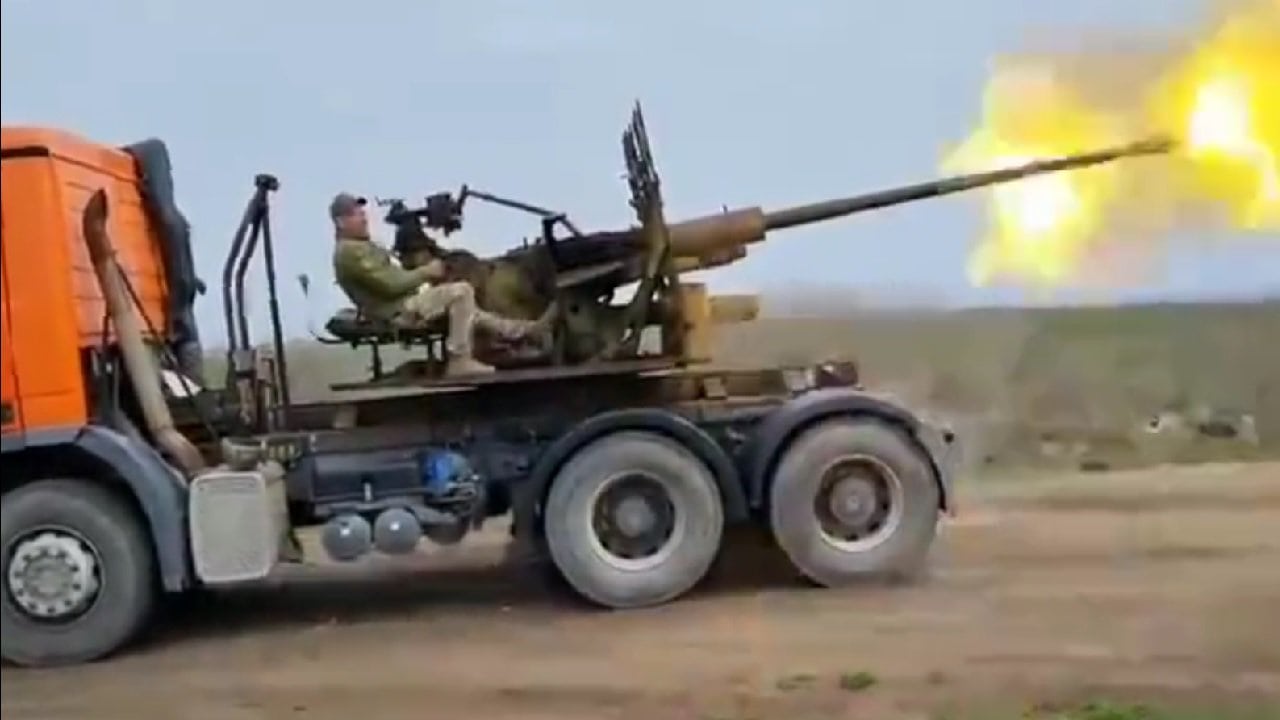
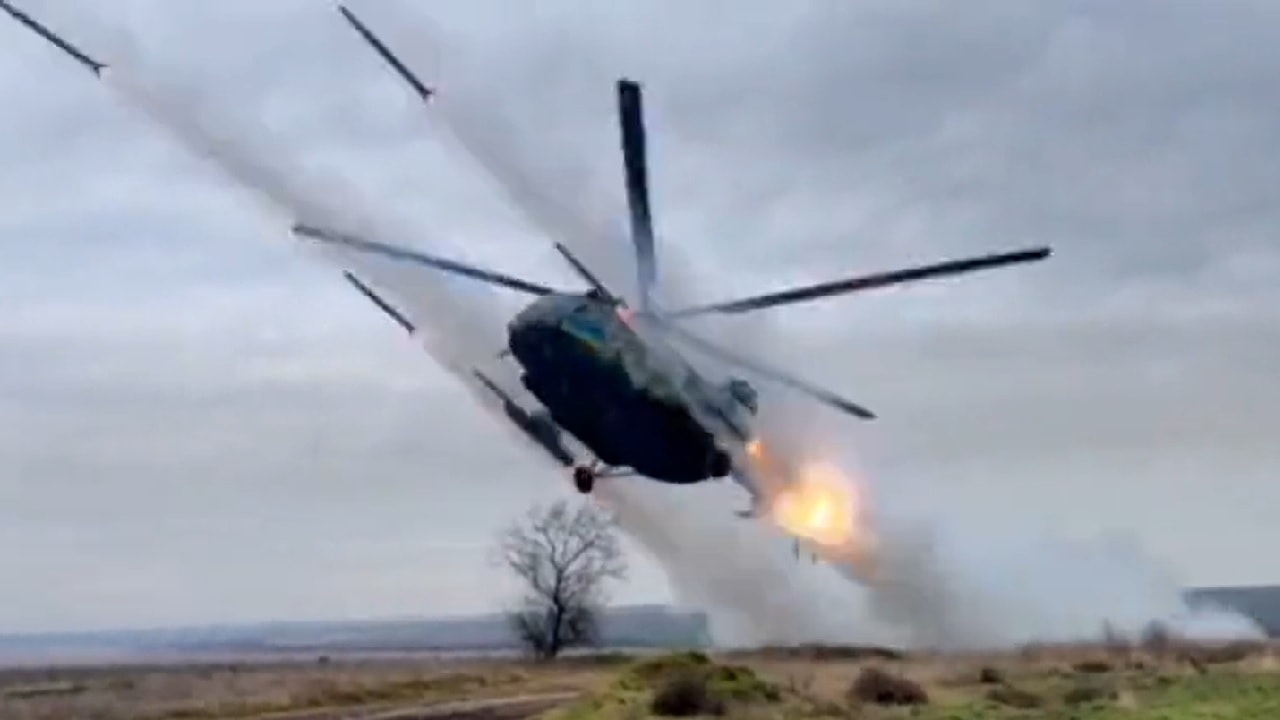
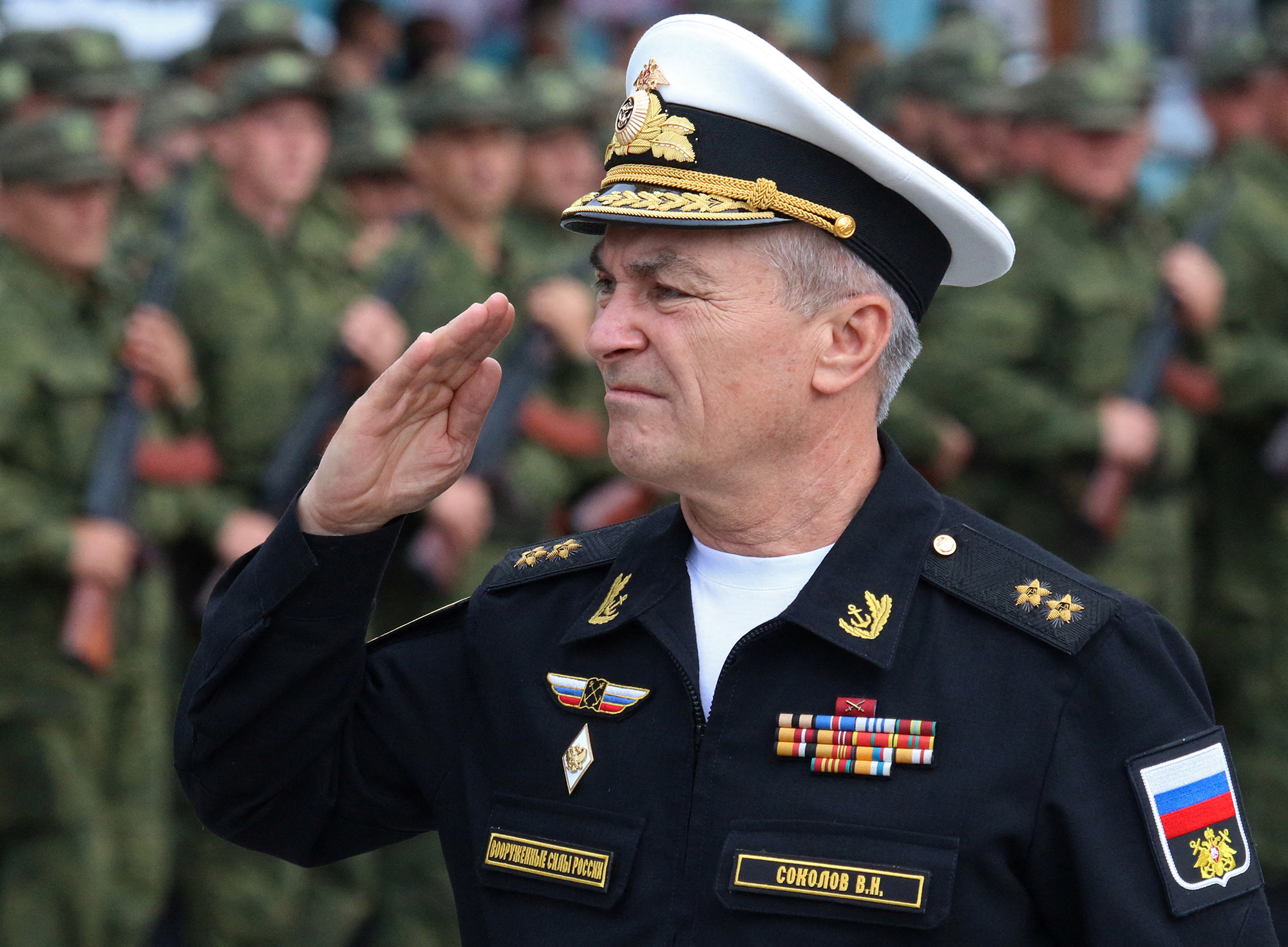
Ukraine has claimed that the commander of Russia's Black Sea Feet, Admiral Viktor Sokolov, has been killed in the Ukrainian attack in Sevastopol on Friday.
"After the hit of the headquarters of the Russian Black Sea Fleet, 34 officers were killed, including the commander of the Russian Black Sea Fleet," the Ukrainian Special Operations Forces said in an update Monday, adding that more than 100 other Russian servicemen were wounded.
Sevastopol, home to Russia’s Black Sea Fleet headquarters, is one of the largest cities on the Crimean peninsula and was illegally annexed by Moscow’s forces in 2014.
CNN cannot independently confirm Ukraine's claims about Solokov or the number of casualties.
CNN has reached out to the Russian Ministry of Defense for comment.
Moscow has said that one serviceman is missing as a result of Ukraine's attack on Sevastopol.
The first American-made Abrams tanks have been delivered to Ukraine, two U.S. defense officials said, arriving months ahead of initial estimates and in time to be used in Kyiv’s counteroffensive against Russian forces.
There's a lot of talk of seizing Russian oligarch wealth. Antigua did just that, confiscating a $120 million yacht.
Now taxpayers on the tiny island are forking out $28,000 a week to maintain a vast boat they can't sell.
Crazy story:
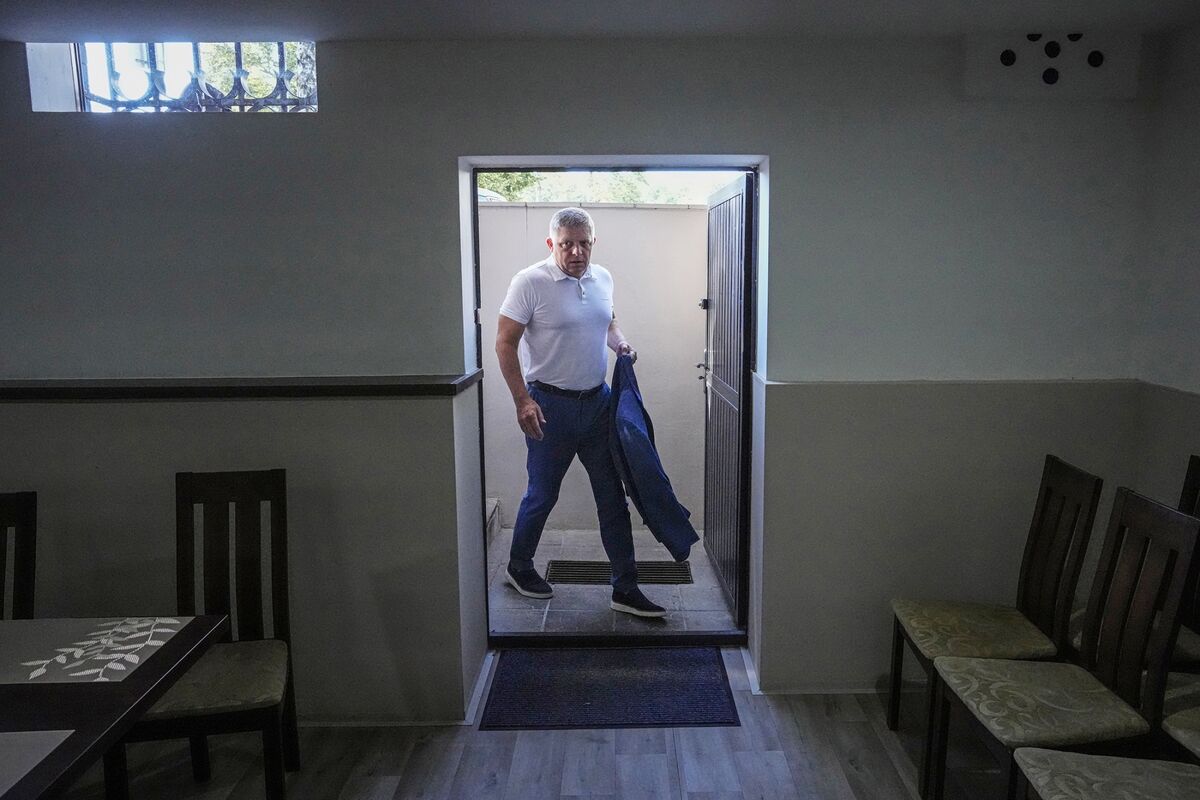
When Slovakia’s longest-serving prime minister was forced out of office in 2018 following the biggest mass protests since the communist era, he grinned and vowed that he’d be back. Few, though, took him seriously.
Robert Fico saw his closest ally defect to form a new party, prosecutors seek to put him and his associates behind bars for alleged corruption and his Smer party collapse to a record low in opinion polls. Yet reaction to the war in Ukraine has created a path back to power that would further test the European Union’s ability to remain united against Russian belligerence, even more so after Poland’s recent spat with Kyiv.
Slovaks will vote on Sept. 30 in a tight election, and Fico has tapped into concerns over the fallout from the conflict. In a country of 5.4 million people who are the most pro-Russian in the region, he has vowed to end military aid to Ukraine, called Slovakia’s president an “American agent” and opposes NATO membership for its war-ravaged neighbor.
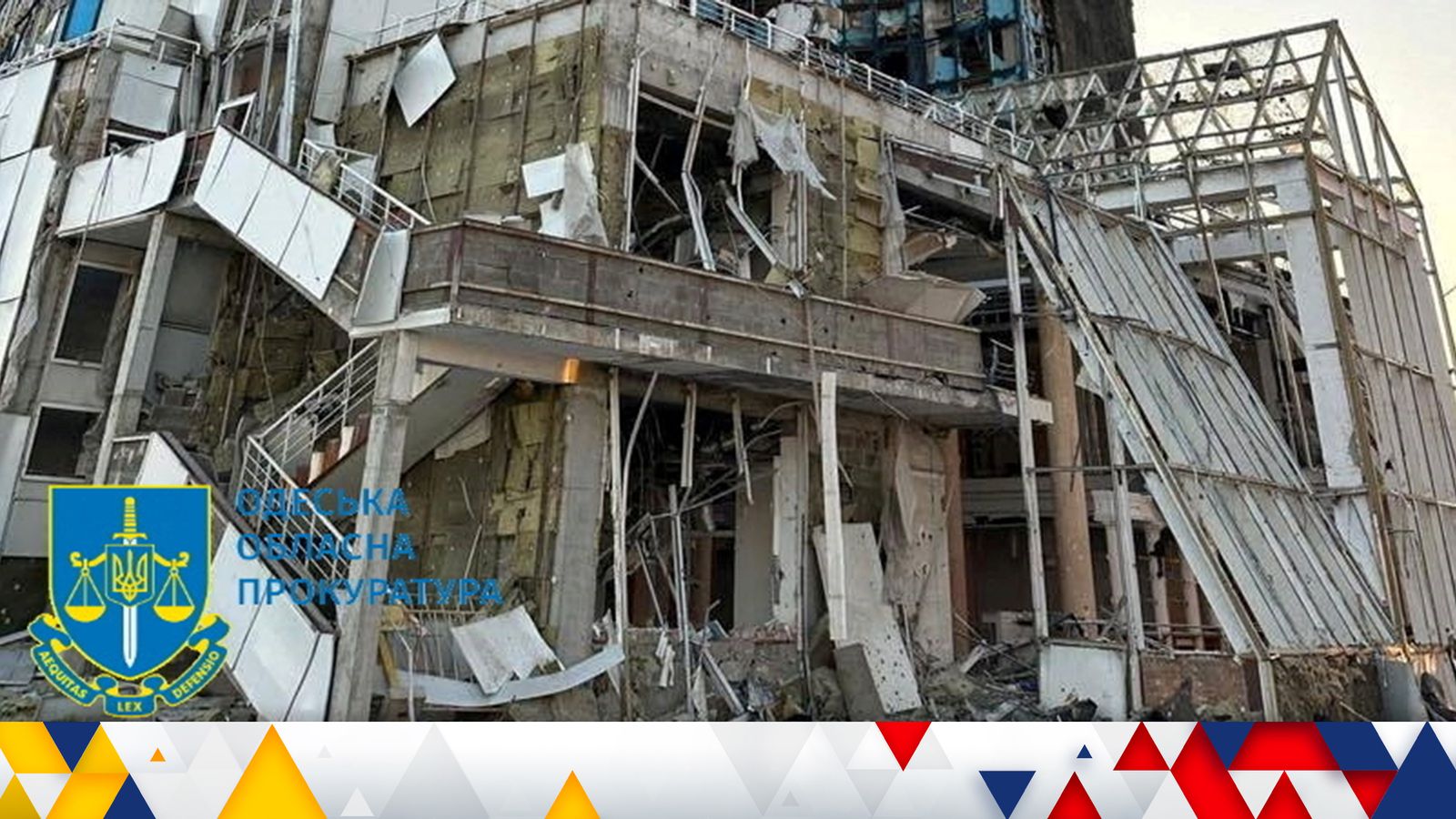
Russia's torture methods in occupied parts of Ukraine have been so brutal that some victims have died, the head of a UN-mandated investigative body said today.
Erik Mose, chair of the Commission of Inquiry on Ukraine, informed the UN Human Rights Council in Geneva that his team had gathered additional evidence indicating the use of torture by Russian armed forces in areas under their control has been extensive and systematic.
"In some cases, torture was inflicted with such brutality that it caused the death of the victim," he said.
Mr Mose's commission visited parts of Ukraine formerly held by Russian forces, such as Kherson and Zaporizhzhia.
It found that torture was committed mainly in detention centres operated by the Russian authorities.
The commission has previously said that violations committed by Russian forces in Ukraine, including the use of torture, may constitute crimes against humanity.
Russia denies committing atrocities or targeting civilians in Ukraine. It was given an opportunity to respond to the allegations at the council hearing but no Russian representative attended.

The news of Cuban fighters in Ukraine splashed across global headlines earlier this month when Havana announced it had arrested 17 people for involvement in a human trafficking ring recruiting young men to fight for Russia.
The news raised questions about the extent of cooperation between the two Cold War allies, and whether cracks were beginning to show in Havana’s support for Russia’s invasion.
Conversations with Cubans in Cuba and Russia reveal a different side of the story: of desperate young men who see enlistment in the Russian army as their best shot at a better life — even if not all of them seem to know what they were getting themselves into.
One recruit in his late 40s in the Russian city of Tula, whom we will call Pedro, said he was promised a job as a driver “for workers and construction material” but on arrival in Russia was being prepared for combat, weapon in hand.
“We signed a contract with the devil,” he said, recalling the moment he enlisted. “And the devil does not hand out sweets.”
Russian sources report that Ukrainian forces broke into Verbove on September 22 and continued attacking the settlement with armored vehicles as of September 24. Geolocated combat footage posted on September 24 shows a Ukrainian BMP operating within Verbove’s westernmost village limits.[9] A VDV-affiliated source reported that Ukrainian forces entered Verbove for the first time on September 22 and continued pushing east.[10] The VDV source later reported that Ukrainian forces occupy half of Verbove as of September 24.[11] The VDV source accused the Russian Ministry of Defense (MoD) of trying to conceal Ukraine’s tactical progress in Verbove, rhetorically stating, “For how long can Shoigu’s MoD hide the breakthrough in Verbove?“[12] Several Russian sources reported on September 24 that Ukrainian forces continue deploying vehicles against Verbove, including Bradley infantry fighting vehicles.[13] Some Russian sources are vehemently denying any Ukrainian breakthrough in Verbove as of September 24.[14] The Ukrainian General Staff reported that Ukrainian forces captured new unspecified locations near Verbove on September 24.[15]
Ukrainian forces are attacking north of Verbove and could isolate the 56th VDV Regiment deployed in Novofedorivka from its sister regiments in the Verbove area according to Russian sources. A Russian VDV source warned that there is a “real threat” of Ukrainian forces reaching the 56th VDV Regiment’s rear near Novofedorivka on September 21.[16] The VDV source warned on September 22 that Ukrainian forces are within 7km of encircling the 56th VDV Regiment and that the regiment would be in a difficult position if its commander did not make a decision to withdraw from Novofedorivka to other previously prepared positions.[17] ISW does not assess that an encirclement of the 56th VDV Regiment is likely, though Ukrainian forces may isolate it from the rest of the 7th VDV Division if Ukrainians manage to outmaneuver it from Verbove’s north and the regiment inexplicably remains in its current positions.
Ukrainian military journalist Konstyantyn Mashovets reported on September 22 that Ukrainian forces are attempting to bypass Verbove from the north.[18] A prominent Kremlin-linked milblogger reported on September 24 that Ukrainian forces improved their positions near Novofedorivka’s flank.[19] Another prominent Russian milblogger reported on September 23 that Ukrainian forces attempted to attack an unspecified tactical height with an elevation of 136.7 meters near Verbove and that Ukrainian forces were deploying vehicles from the north to the south near Verbove.[20] ISW assesses that this tactical height of 136.7 meters is likely located approximately 3.5km northwest of Verbove based on an analysis of digital elevation data around Verbove. (It is customary in militaries to identify locations based on terrain elevations as marked on commonly used military maps, but ISW does not have access to the Russian maps to check for such markings.)
A Russian source affiliated with the VDV expressed panic at the prospect of significant Ukrainian advances in the Verbove area. A Russian milblogger, whose stated mission is to protect VDV Commander Colonel General Mikhail Teplinsky from removal or arrest, warned on September 22 and 23 that the 56th VDV Regiment was under imminent threat of encirclement following the reported Ukrainian advance into Verbove.[21] The milblogger asserted that the commander of the 56th VDV Regiment was unable to make any decision about withdrawal and called on the Russian Ministry of Defense (MoD) to allow Teplinsky to remedy the situation.[22] The milblogger noted high losses and poor morale among the 56th VDV Regiment and claimed that more than half of the personnel of the 7th and 76th VDV Divisions are mobilized personnel.[23] Other Russian sources, including those with close ties to the VDV, have not yet described the situation in Verbove or among VDV forces as this dire. The Russian milblogger may be exaggerating the situation in the Verbove area to negatively portray the Russian military command and advocate for Teplinsky to have more control over tactical and operational decision-making.
The milblogger compared the poor morale in the 56th VDV Regiment to the general morale of the Soviet military during its invasion of Afghanistan and of the Russian military during its campaign in Chechnya. This level of poor morale may have significant impacts on the Russian defense in the area as relatively elite VDV units appear responsible for conducting counterattacks, which require high morale.[24] It is less likely to affect the operations of units under direct attack, however, unless it reaches the point of causing surrenders, which is unlikely among VDV units even comprised of mobilized personnel.
Russian forces continue to expend significant combat power on counterattacking to hold their current positions and appear to be resisting the operationally sound course of action of falling back to prepared defensive positions further south. The Russian command constructed a multi-echeloned defense in southern Ukraine that would have allowed the Russian command to deploy defending Russian forces in depth throughout subsequent defensive layers. Russian forces have instead expended considerable amounts of manpower, materiel, and effort to hold the forwardmost defensive positions in southern Ukraine and have only withdrawn to subsequent defensive positions at the direct threat of Ukrainian advances.[25] Russian forces’ elastic defense requires that one echelon of Russian forces slows a Ukrainian tactical advance while a second echelon of forces counterattacks to roll back that advance. Counterattacking requires significant morale and relatively high combat capabilities, and the Russian military appears to rely on relatively elite units and formations to counterattack, likely at the expense of these forces’ degradation.[26]
Some Russian and Ukrainian sources have acknowledged that some Russian counterattacks in the wider Robotyne area have been senseless.[27] A defense in depth should afford these units respite from further degradation through withdrawal to a subsequent defensive layer. This withdrawal would allow the Russian command to conserve critical combat power for more operationally significant counterattacks and efforts to attrit attacking Ukrainian forces, although the task of conducting an orderly withdrawal under fire or pursuit is quite challenging and risky. American military analysts Michael Kofman and Rob Lee recently assessed that Russian forces have underutilized the depth of their defense and have yet to execute “a true defense in depth” in which Russian forces trade “space for attrition” and that the Russian command’s decision to defend forward has allowed Ukrainian artillery units to attrit Russian forces.[28] ISW concurs with this assessment. ISW has observed a concerted Ukrainian effort to attrit Russian forces even as Ukrainian forces make significant tactical gains, and the Russian resistance to withdrawing to defensive positions further south is likely compounding the asymmetric attrition gradient Ukrainian forces are trying to create. Russian counterattacks aimed at holding forward positions have been tactically significant, but it remains unclear if these counterattacks will have lasting operational importance.
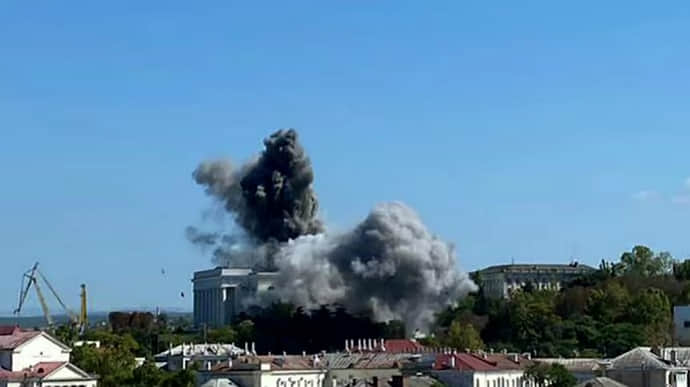

What’s your guess on the effect of the Putin/Kim meeting on the Ukraine invasion? It seems like a big win for Putin would be getting NK manpower into the battlefield. In that scenario, what’s the response from the allied West?
David Ignatius: Small win, I would say. If Kim is Putin's biggest ally and arms supplier, he has a problem. Much more worrying to me is what Treasury officials tell me is a sharply increasing supply of Chinese technology to Russia--not weapons, but the chips and stuff needed top make them.
David, are there mine-sweeping tools or equipment that the U.S. and its allies could make available to the Ukrainian forces to penetrate the fortified positions of Russian troops? How would U.S. forces breach minefields in a conventional war?
David Ignatius: Great question. When I have asked US officials about mine-clearing, one answer is that the equipment we sent wasn't distributed to where it was most needed. Maybe, but surely the US should have helped Ukraine get more, better mine-clearing technology as soon as it was clear that this would be a decisive factor in the success of the counter-offensive.
With the strict product and financial restrictions placed on Russia by the US and many other countries, how does Russia continue to replenish its battlefield weaponry? Is Russia’s military industrial capacity really that potent? Will the battle turn because Russia cannot resupply its troops?
David Ignatius: Simple (painful) answer: The Russians have adapted better than anyone imagined in creating a war economy and keeping essential weapons and supplies flowing.
The fact that nothing was done to stop Greek shipping oligarchs from selling their oil tankers to Putin is turning into a major embarrassment for the G7 and EU. It's thanks to these sales that Putin now controls 60% of shipborne oil exports, fatally undermining the G7 cap...
Russia has weathered western sanctions over the invasion of Ukraine, the oligarch Oleg Deripaska has said, admitting “surprise” at the country’s resilience after a war he thought would bankrupt the Kremlin.
Deripaska, one of Russia’s richest men, told the Financial Times that Moscow had survived the effort to isolate its economy by developing new trade ties with the global south and ramping up investment in domestic production.
The private sector, meanwhile, proved more robust than he had expected only months earlier. “I was surprised that private business would be so flexible. I was more or less sure that up to 30 per cent of the economy would collapse, but it was way less,” he said.
The comments by Deripaska, the founder of leading aluminium producer Rusal and its parent energy company En+, indicate growing confidence among Moscow’s elite that Russia has emerged relatively unscathed despite fears sanctions would crater the economy early in the war.
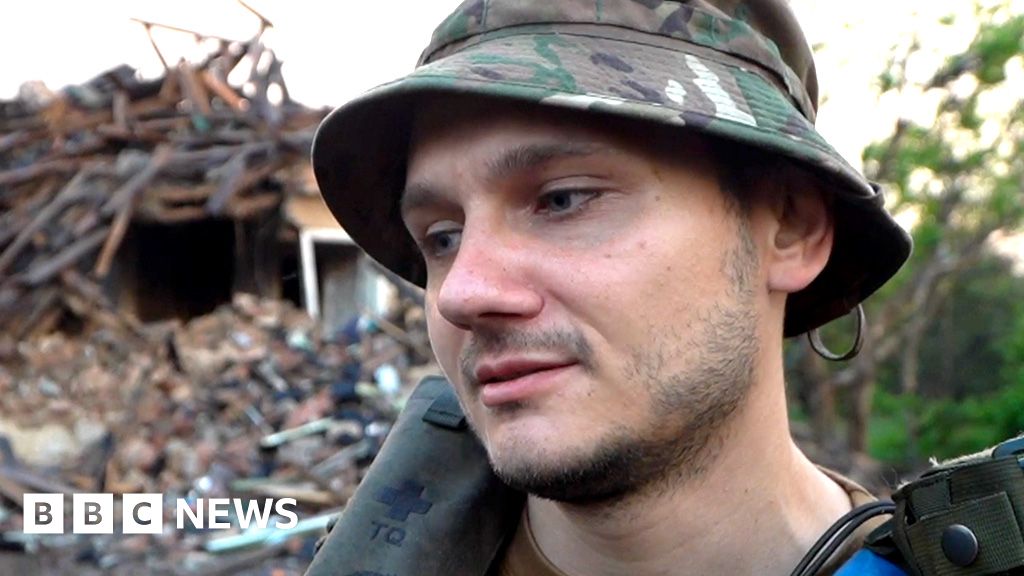
Standing among some flattened buildings, "Jimmy", a Ukrainian officer who's been on active service for years, reflected on his survival: "I'm a lucky man… as I see it, war can either love people or not."
His soldiers think the fact Jimmy's still with them, despite multiple wounds, means he lives a charmed life.
His unit, the 24th Mechanised Brigade, has a long history, and is part of the old regular Ukrainian army, fighting the Russians from 2014. But since the invasion of February 2022, the army has more than trebled in size, the nation mobilised and Jimmy's unit changed out of all recognition.
We spent two weeks in August with the 24th, which now serves in the Donbas, that old centre of smokestack industries in the east, occupying a section of the front between Bakhmut and Horlivka.
And we went to the home community in western Ukraine where the brigade was garrisoned before the war, and where many of its families still live.
Jimmy - the Ukrainian army asks that we use soldiers' nicknames rather than their real ones - commands a company (usually about 120 troops), a post he stepped into last year. One officer told me that none of the 15 company commanders in post at the start of the war are still in place, all having been promoted or become casualties.
In the run-up to war, the 24th Brigade was just over 2,000 strong, rotating its three battalions to the front line in eastern Ukraine for occasional tours of duty. Although the Ukrainian army rarely discusses numbers, sources told me it has now swelled to more than 7,000, with a total of five infantry battalions, four of artillery, a tank battalion and numerous other supporting elements.
Behind the summit declarations, of "as long as it takes", are hundreds of thousands of Ukrainian families struggling along, managing their hopes and fears as the war passed its 18-month point without any end apparently in sight.
At a rehabilitation centre in Lviv for soldiers with life-changing injuries, I discussed the difficult exchanges when some of the less badly wounded tell their wives they want to return to the front.
"Many boys, well those who remained alive but lost a limb, also lost their family," Pavlo, one of the patients, told me.
That conversation has been taking place within his marriage too, he says ruefully: "She thinks I have already done my duty." Another man, wounded in a minefield during the recent counter-offensive, tells me that Ukrainian society has not yet woken up to how many damaged people there are now.
The record of death, maiming, and capture may well be affecting people's willingness to serve. Recruitment is another topic on which Ukraine does not publish official figures.
However, among the men that we filmed being trained at Yavoriv and another range closer to the front, many were in their 40s, and quite a few in their 50s. Officers told us about the intense competition for younger recruits among various brigades.
It also emerged in August, following the sacking of officers supervising the call-up, that thousands of men were bribing their way out of it or being smuggled out of the country to avoid service.
Among those who volunteer willingly to go to the front are many who have lost their jobs in the economic crisis that's accompanied the war and are attracted by the high pay that comes with being on the front line.
As for attempts to turn the tables on Russia this summer, in order to liberate occupied lands, the expectations of what the Ukrainian military could achieve were perhaps higher in the Pentagon than among the veterans of the 24th Brigade.
"An easy breakthrough is simply impossible," Jimmy told us. "We are getting ready for a long-term war."
Another of the brigade's officers, the commander of one of its battalions, compared the conflict to Vietnam, implying it could last many years.
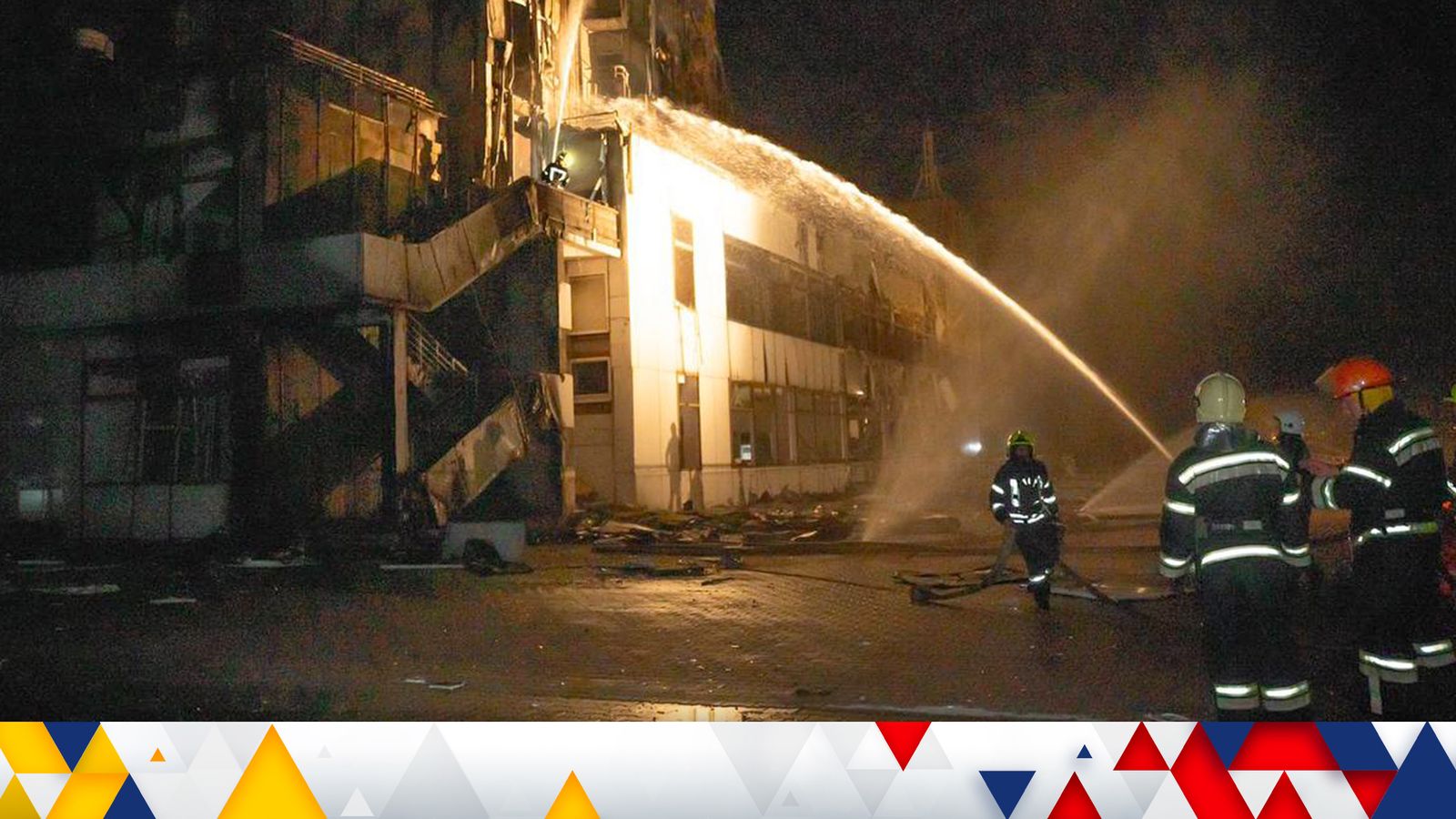
Recent attacks on Russia's Black Sea fleet, including a large missile strike on its headquarters that reportedly killed its leader, have left it "diminished" but still capable of carrying out its core wartime functions, the UK's Ministry of Defence has said.
"The physical damage to the Black Sea fleet is almost certainly severe but localised," it said in its daily intelligence update.
"The fleet almost certainly remains capable of fulfilling its core wartime missions of cruise missile strikes and local security patrols."
However, the MoD says it is "likely" that the fleet's ability to continue wider regional security patrols and enforce its blockade of Ukrainian ports will be "diminished".
"It also likely has a degraded ability to defend its assets in port and to conduct routine maintenance."
The MoD adds that recent attacks also serve to undermine the Kremlin's influence in one of the ports it has direct control over in an occupied territory.
The SBU released footage of a HIMARS strike on a headquarters in the occupied Kherson region which hosted officers of the 70th Guards Rifle Division. It is reported that 8 Russian officers died and 7 were injured.
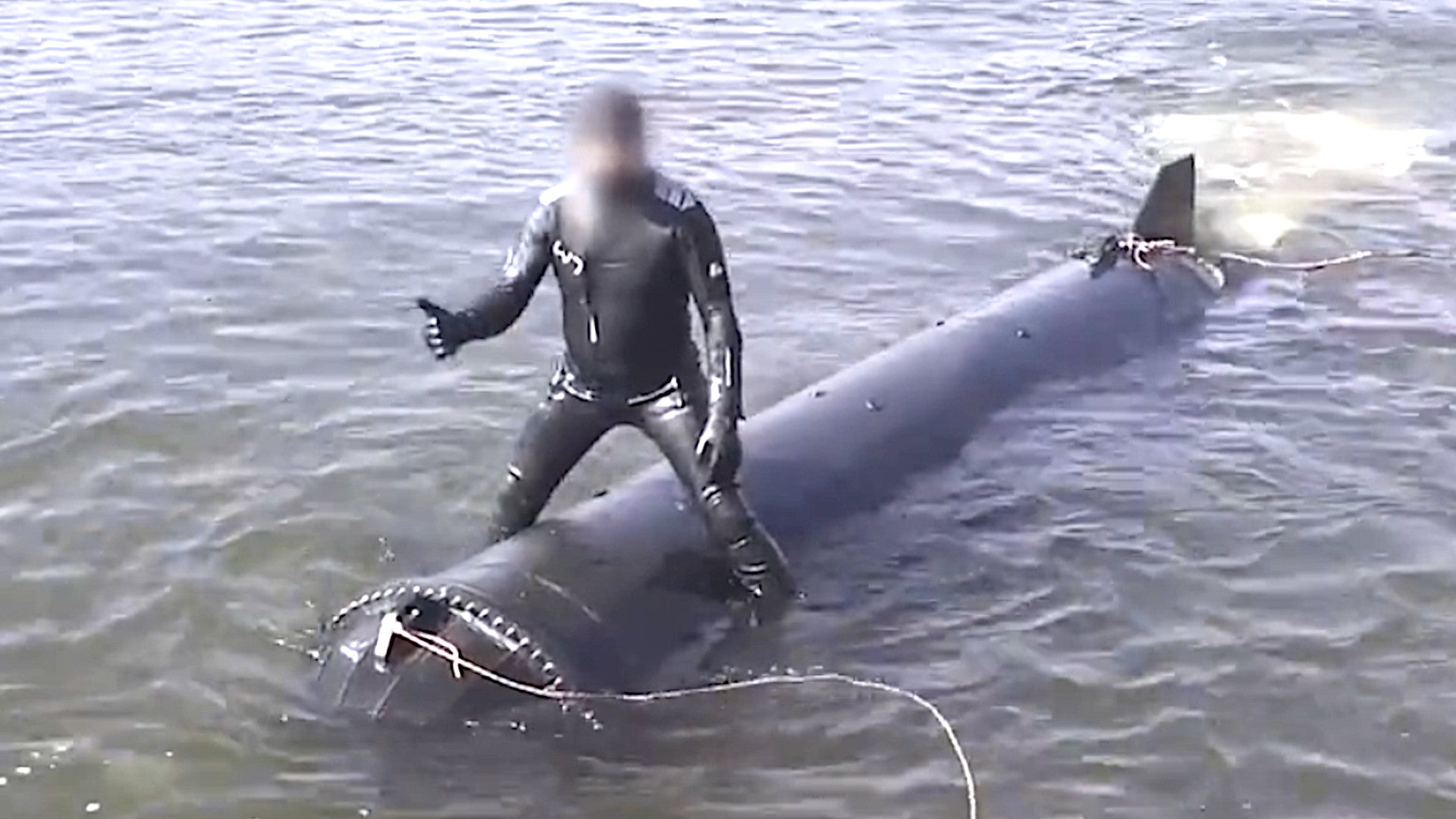
A new video shows a prototype of a large Ukrainian drone submarine moving under its own power just under the surface of the water. Much about the design, dubbed Marichka, remains murky, but the organization behind it says it could be used to launch kamikaze attacks against ships and maritime infrastructure. This is a kind of capability that Ukraine has a clear interest in and uncrewed surface vessels have already become a key Ukrainian weapon for striking at the Russian Navy and other targets in and around the Black Sea.
The acceleration of short-range drone warfare by units like Giocondo’s is in direct response to the trouble Ukrainian forces experienced this summer using conventional weapons to try to punch through Russia’s fortified defenses. The counteroffensive that began in June has depleted money, artillery and soldiers — and hasn’t yielded as much momentum as Ukraine had hoped for.
Faced with these challenges, the leader of an elite drone squad called the Asgard Group, which oversees Giocondo’s unit, sensed an opportunity. The leader, a wealthy former businessman who goes by the name Pharmacist on the battlefield, directed his soldiers to begin targeting Russia’s large and expensive weaponry with small and inexpensive drones.
The logic was simple, Pharmacist says: Exploding drones cost roughly $400 to make, while a conventional projectile can cost nearly 10 times as much. Even if it requires multiple drones to take out a tank — and sometimes it does — it is still worth it.
The strategy had the additional benefit of putting fewer soldiers’ lives at risk.
But first they had to modify commercial drones with hardware and software to suit the battlefield, enabling them to penetrate deeper behind enemy lines without being detected or jammed. A breakthrough came through the clever use of several drones in unison.
With his entrepreneurial spirit, Pharmacist helped turn a ragtag group of engineers, corporate managers and filmmakers into an elite fighting force. He estimates that his 12-man team, assembled with just $700,000, has destroyed $80 million worth of enemy equipment.
The Ukrainian government has taken notice of the grassroots innovation carried out by people like Giocondo and the Pharmacist; now it wants to replicate those efforts with an infusion of cash.
The draft budget for 2024 includes an extra 48 billion hryvnias in defense spending earmarked for drone purchases.
One reason to prioritize enhancing Ukraine’s domestic drone-making capabilities, experts say, is the increasing difficulty in sourcing parts from China, the world’s leading drone maker.

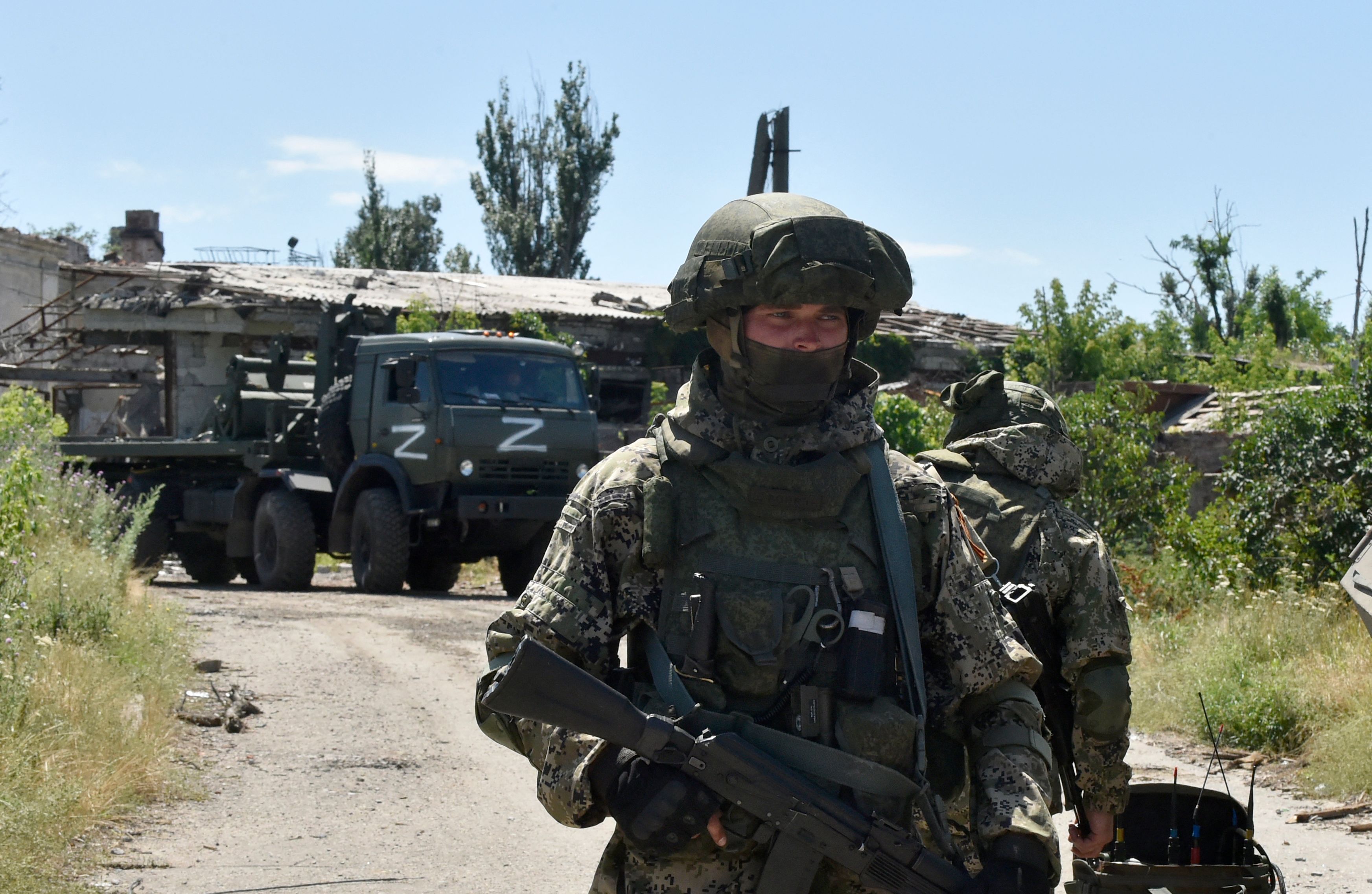
Russian military officials continue efforts to build out the Russian armed forces to suit the needs of Russian forces fighting in Ukraine. Russian outlet Izvestia, citing sources in the Russian military, claimed on September 25 that the Russian armed forces are forming reconnaissance and assault brigades in combined arms armies and newly formed army corps and that these brigades are already actively recruiting.[21] Izvestia reported that the new units will be comprised of assault troops intended to break through layered defenses and reconnaissance troops that will conduct reconnaissance at “tactical depth,” and noted that each brigade will receive tanks, light armored vehicles, artillery, and various drones.[22] Izvestia emphasized that these new brigades are meant to overcome pre-prepared Ukrainian defensive positions, particularly in areas of Donbas, where Ukrainian forces have been expanding and equipping fortifications since Russia’s first invasion in 2014. Colonel Valery Yuryev, chairman of the Russian Union of Paratroopers, told Izvestia that the war has stressed the “need to have specialized units for storming fortified areas” and that “separate assault units and formations are necessary.”[23]
The Russian military has previously attempted to adapt to lessons learned in Ukraine by forming similar assault-focused company-sized units intended to target urban and fortified areas in the form of “Storm-Z” companies, which have been primarily active and mostly unsuccessful along the Donetsk City-Avdiivka frontline and on the Luhansk-Kharkiv Oblast front.[24] ISW has been reporting on ongoing Russian military reforms and the creation of new combined arms army and army corps level formations, and it remains unclear how the Russian force generation apparatus will be able to recruit, train, and staff brigade, army, or army-corps level formations considering the multitude of endemic mobilization issues the Russian army faces at this time.[25]
In an exclusive interview from Kyiv, he neither confirmed nor denied Sokolov had been killed in the strike. “He [Sokolov] is in our temporary occupied territories … he should not be there at all. So, if he’s dead, it’s good news for everybody that we are continuing to de-occupy our territory,” Umerov told Amanpour.
In the Russian footage, a man resembling Sokolov appears to join the meeting via video conference. The nametape on his uniform reads Sokolov V. N. and his screen shows the Cyrillic letters “ЧФ,” the abbreviation for the Black Sea Fleet. CNN cannot confirm this is Sokolov, when the meeting took place or where his video appearance was filmed.
“Since the Russians were urgently forced to publish a response with Sokolov allegedly alive, our units are clarifying the information,” Ukraine Special Operations Forces said on Telegram Tuesday.
We witnessed a harsh battle near Bakhmut #Ukraine first hand. Massive shelling and assaults for hours. Ukrainians pushing forward. Two keys assets for the Ukrainians: Drones and Western artillery. With @VascoCNN @danjhodge and Kostya Gak.
Russian railroads are a critical component of their logistics, allowing the rapid and cost-efficient movement of substantial quantities of ammunition, vehicles, fuel, construction materials, and personnel. Here's a briefthread with an update on their logistical operations:
German foreign minister admits to CNN’s Christiane Amanpour that Berlin sent some outdated, “not really functioning” weapons to Ukraine https://edition.cnn.com/videos/world/2023/09/25/exp-annalena-baerbock-amanpour-intw-09251pseg1-cnni-world.cnn
Likely degraded elements of the Russian 58th Combined Arms Army’s 42nd Motorized Rifle Division are increasingly counterattacking in the Novoprokopivka area, suggesting that Ukrainian counteroffensive operations may have degraded relatively more elite Russian Airborne (VDV) elements that were responsible for counterattacking in the area. Elements of the 42nd Motorized Rifle Division’s 70th and 71st Guards Motorized Rifle Regiments have increasingly engaged in limited counterattacks near Novoprokopivka in the past week, and a Russian milblogger claimed that elements of the 42nd Motorized Rifle Division pushed Ukrainian forces from positions near Novoprokopivka on September 25.[6] Elements of the 42nd Motorized Rifle Division's 70th, 71st, and 291st Motorized Rifle Regiments routinely engaged in combat engagements and counterattacks against Ukrainian forces at the forwardmost Russian defensive positions in the Orikhiv area before withdrawing behind the Russian defensive layer between Verbove and Solodka Balka (20km south of Orikhiv) in mid-to-late August.[7] Russian forces laterally redeployed elements of the more elite 7th and 76th VDV Divisions to the Orikhiv direction in early-to-mid August to counterattack against a widening Ukrainian breach in the area, which may have provided these elements of the 42nd Motorized Rifle Division respite from hostilities.[8] Elements of the 70th Motorized Rifle Regiment may have conducted one of the few unit rotations that ISW has observed on this sector of the front, possibly allowing these elements to partially reconstitute.[9]
The 70th and 71st Motorized Rifle Regiments’ involvement in counterattacks around Novoprokopivka suggests that Ukrainian counteroffensive operations may have significantly degraded the combat capabilities of elements of the 7th and 76th VDV Divisions and that these VDV elements can no longer conduct all counterattacks along the entire Ukrainian breach in the Orikhiv direction. The Russian command may have committed the 70th and 71st Motorized Rifle Regiments to defending and counterattacking in the Novoprokopivka area to allow VDV elements to prioritize defensive operations on the western and eastern flanks of the Ukrainian salient in the Orikhiv direction.[10] It is also possible that elements of the 70th and 71st Motorized Rifle Regiments have held positions near Novoprokopivka since withdrawing from positions further north and are now engaging Ukrainian forces because the Ukrainian advance has reached the outskirts of Novoprokopivka. Roughly a month of respite and possible reconstitution are unlikely to offset the significant degradation that elements of the 70th and 71st Motorized Rifle Regiments suffered while defending earlier in the counteroffensive. Elements of the 810th Naval Infantry Brigade (Black Sea Fleet) similarly defended to hold forwardmost defensive positions earlier in the counteroffensive, and Ukrainian counteroffensive operations recently reportedly rendered these elements combat ineffective.[11] The Russian command risks rendering the already degraded elements of the 70th and 71st Motorized Rifle Regiments combat ineffective if they heavily commit these elements to counterattacking the Ukrainian advance near Novoprokopivka.
Elements of the 42nd Motorized Rifle Division are reportedly deployed as far back as Tokmak, continuing to suggest that the Russian command has not manned the multi-echeloned defense in southern Ukraine in depth. Russian sources reported on September 25 and 26 that elements of the 71st Motorized Rifle Regiment’s 3rd Battalion were involved in an altercation with military police from the 70th Motorized Rifle Regiment in occupied Tokmak.[12] The presence of elements of the 70th and 71st Motorized Rifle Regiments in Tokmak suggests that Russian forces have deployed elements of these regiments throughout the multi-echeloned defense between the current frontline and Tokmak. Russian forces, however, appear to be continuing to deploy most of their combat power in western Zaporizhia Oblast to immediate frontline areas.[13] The deployment of the 70th and 71st Motorized Rifle Regiments as far back as Tokmak suggests that elements of the same Russian formations and units defending at forward positions are holding positions, likely in smaller numbers, in subsequent defensive layers. It is possible that unobserved elements of other Russian units and formations hold positions at rear defensive positions, although the current Russian manpower commitment to holding positions on the frontline indicates that this is unlikely.
The Russian MoD has reportedly recruited some former Wagner Group personnel for MoD-affiliated private military companies (PMCs) fighting in Ukraine, while negotiations between the reported Wagner leadership and the Russian National Guard (Rosgvardia) have allegedly stalled over disagreements concerning Wagner’s independence and cohesion. A reported Wagner-affiliated source claimed on September 26 that the Wagner Group is still operating in Africa and Belarus and that there are no plans to close the organization.[38] A Kremlin-affiliated milblogger claimed that former Wagner personnel that left the organization with Andrey Troshev (known under the callsign “Sedoy”) after Prigozhin’s rebellion have joined the MoD-affiliated “Redut” and “Volunteer Corps” PMCs and have begun to redeploy to the Bakhmut area in Ukraine.[39] The milblogger claimed that Troshev is trying to recruit Wagner personnel who are currently operating in Belarus, Africa, and the Middle East for Russian MoD-affiliated PMCs. The milblogger also claimed that Anton Yelizarov (known as “Lotos”) is now the head of Wagner and is negotiating with Rosgvardia about the inclusion of Wagner units within Rosgvardia. Yelizarov is reportedly resisting Rosgvardia’s condition that Wagner personnel sign individual contracts, which the milblogger complained would allow Rosgvardia to divide the Wagner units and send them to various areas. ISW previously reported that Russian State Duma deputies will reportedly propose a bill allowing Rosgvardia to include volunteer formations, and Yelizarov is likely pushing for Wagner personnel to be considered a distinct Rosgvardia volunteer formation.[40]
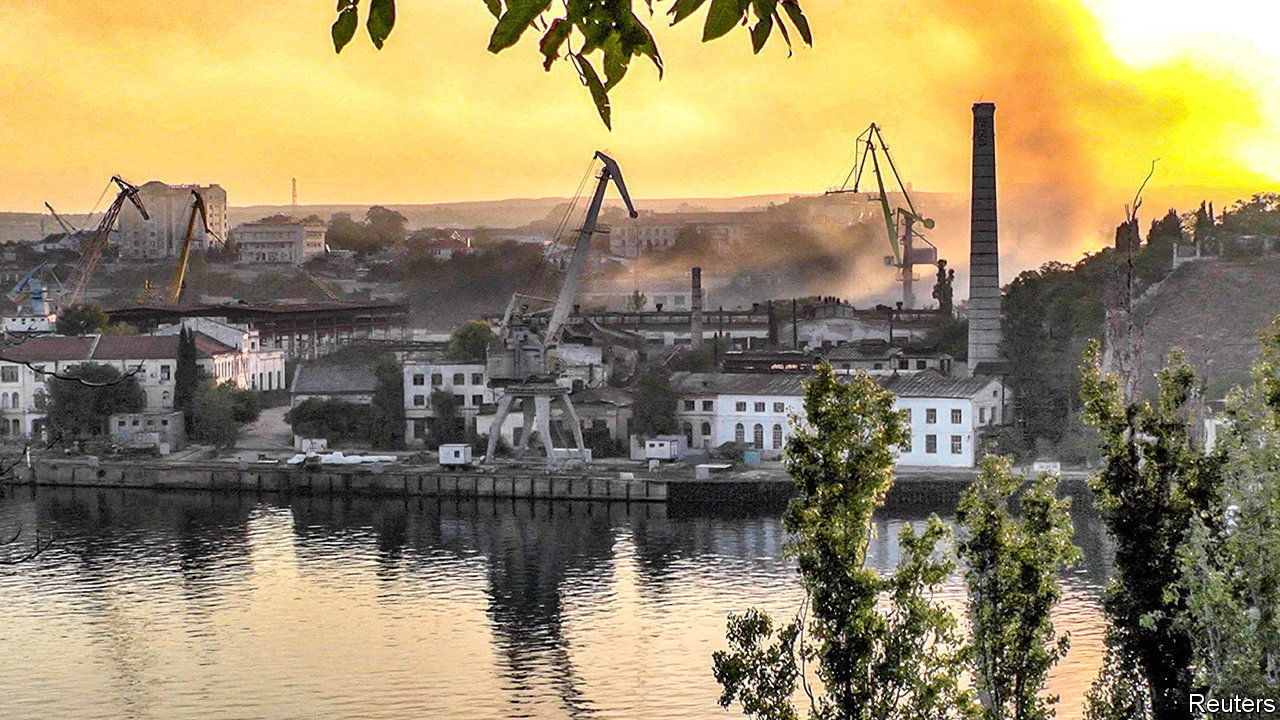
On September 13th a strike on the Sevmorzavod dry dock in Sevastopol took out an amphibious landing ship and one of just six kilo-class submarines capable of launching cruise missiles near the Ukrainian shore. A day later drones and Ukrainian cruise missiles destroyed a cutting-edge s-400 air-defence system that had an export price tag of over $1bn. On September 23rd, a day after the strike on the headquarters, another salvo of cruise missiles hit a pier in Sevastopol. Slowly, and methodically, Ukraine is chipping away at Russia’s Crimean firepower.
Ukrainian military sources say the operations are not necessarily ends in themselves. They should rather be seen as auxiliaries to two more important efforts. The first is Ukraine’s ongoing land counter-offensive, focused on the Zaporizhia region to the north-east of Crimea. Any Ukrainian success in degrading air power, railways and logistics, they say, undermines the Russian troops there who are directly supplied from the peninsula.
The second focus is a naval contest in the Black Sea. Here, Ukraine is trying to deny Russia a monopoly of the sea and to regain control of vital shipping routes. It is destroying Russian warships wherever it can, and pushing the rest out to a distance that makes striking ports, cities and a new sea corridor as difficult as possible. The process began in April 2022 with the sinking of Russia’s flagship Moskva, hit with a home-produced Neptune cruise missile that the navy wasn’t sure even worked. Since then Ukraine has sunk or damaged at least 19 Russian ships.
Ukraine also has new missiles at its disposal: steady flows of Storm Shadow/scalp cruise missiles from Britain and France, and a new surface-to-surface version of the Neptune that sank the Moskva. “The big change is that we received new missiles and intelligence,” says a source in Ukraine’s general staff. “As soon as we have a target and we can hit it, this is exactly what we do.” Other cruise missiles are in the pipeline. “We want an analogue of the Russian Kalibr and Kh-101s,” says the source, noting that these weapons’ speed, manoeuvrability and stealth makes them hard to intercept.
Hanna Shelest, a security expert based in Odessa, says Ukraine will not have to look far for expertise. The one-time missile superpower had a handful of “crazy…world-class” projects under development before 2014, she says. They were mothballed because of lack of finance or, in some cases, sabotage. “There were many cases where documents disappeared or were not signed.” Some of these projects have been dusted off. Creating a new missile usually takes around ten years, but bringing older prototypes to market will be much quicker.
Yet although Ukraine continues to score successes against its more powerful adversary, it is unclear if a tipping-point will ever come. Andrii Ryzhenko, a retired Ukrainian navy captain, says the campaign to make Crimea unsustainable will continue well into the winter. The anticipated arrival of American atacms missiles, promised by President Joe Biden last week, will help stretch the barrage out. “We will keep searching out Russia’s weak points, and keep degrading Russian defences and logistics,” says Mr Ryzhenko.

The War Zone cannot independently verify the timing and authenticity of the RIA Novosti video, but The New York Times noted that "a Sept. 26 time stamp on the clip which matches the date in the video’s metadata."
Asked if Sokolov was alive or dead, Ukrainian Lt. Gen. Kyrylo Budanov, commander of the Defense Intelligence Directorate, told The War Zone on Tuesday that "we don't know exactly."
As for whether the images and video of Sokolov really indicated he was alive, or if the Russians faked it, Budanov said "that is the question. Maybe he is alive, maybe no. We are looking for the answer."
Either way, Budanov told us that this incident won't have a negative impact on Ukraine.
In the east, a Ukrainian soldier engages in close combat with a Russian position further down a treeline, firing a Bulgarian RTB-7MA thermobaric round and a RPO-A Shmel thermobaric launcher.
A Ukrainian Gepard SPAAG downs a Russian Shahed-131/136 over Odesa Oblast, 9/26.
when was the last time an invaded country held elections during a war?
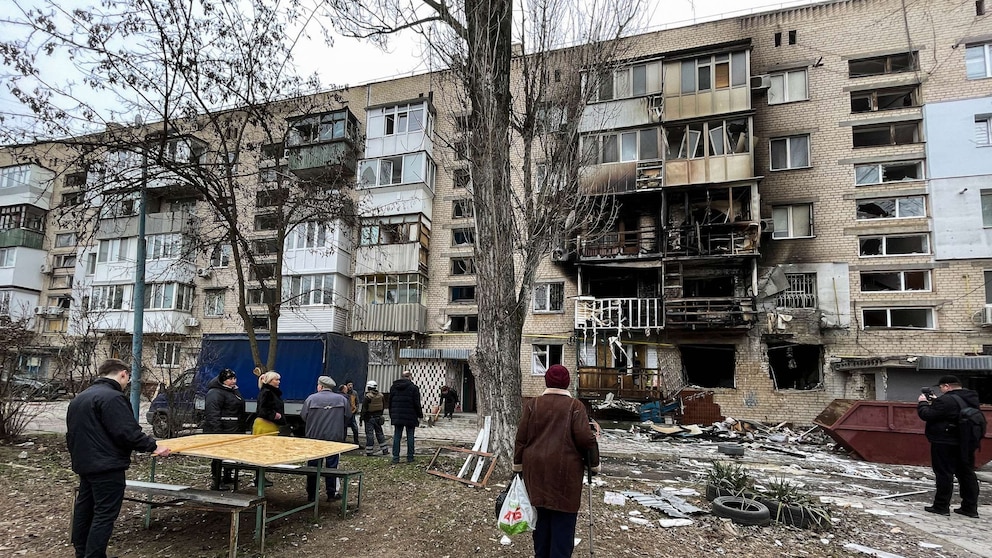
Russian forces are allegedly committing continuous war crimes in Ukraine, including rape and "widespread and systematic" torture, the latest Independent International Commission of Inquiry on Ukraine found.
The Russians are allegedly torturing people accused of being Ukrainian army informants in Kherson and Zaporizhzhia, and in one case, the torture was so extreme that it caused a victim's death, the commission said in its latest report to the U.N. Human Rights Council on Monday.
A Ukrainian official said they evacuated all children from towns near the southern Zaporizhzhia front line as fighting in the region intensifies.
"We have fulfilled the task set by the Ukrainian government... and evacuated all children and their families" from five towns in Zaporizhzhia, Yevgen Myronenko, the deputy head of the region, was quoted by local media as saying.
The Ukrainian army has made some progress in its push to break through Russian positions on the southern front but has met fierce Russian resistance there.
Local media said 59 children were evacuated, but the information could not be independently confirmed. Ukraine had ordered the evacuation from the five towns — Gulyaipole, Stepnogirsk, Preobrazhenka, Yegorivka, and Novopavlivka — as fighting raged.
A prominent Russia analyst has said it is too soon to know whether Russian Admiral Viktor was killed in air strikes last week.
Ukrainian authorities said they were reviewing an earlier claim that they had killed the head of Russia's Black Sea fleet in an attack. That was after Russia released footage that appeared to show Sokolov attending a meeting via video call.
In an interview with DW News, military analyst Mark Galeotti said it was unclear whether the footage was fake but that the strikes demonstrated Ukraine's ability to carry out long-range attacks on Russia.
"We've seen this footage, although it's footage that some people have suggested is either a fake or even that he's actually dead in it. Since he doesn't say anything in this meeting, we honestly don't know."
"There are just two things that that matter here. One is that clearly there is an information war going on between Kyiv and Moscow," he added.
"Whether they actually managed to kill Sokolov or not, the Ukrainians are demonstrating now that they can launch precision strikes right in the heart of the Russian military establishment in Crimea, despite what were meant to be impregnable defenses."
A concerted new Russian offensive is "less likely" in the coming weeks, the UK Ministry of Defense said in its latest intelligence update.
"Since the middle of September, Russia has highly likely committed elements of its new 25th Combined Arms Army (25 CAA) to action for the first time," the ministry said.
"Units from two of 25 CAA's manoeuvre components, 67th Motor Rifle Division and 164th Separate Motor Rifle Brigade, are reported to be fighting on the front in a sector west of Severodonetsk and Kreminna, along the border between Donetsk and Luhansk Oblasts," it added.
Russia created CAAs to oversee, coordinate, and manage command and control of units transported to the border long before its full-fledged invasion of Ukraine but has bolstered its force posture since.
Ukraine has ramped up attacks against Russian positions in Crimea, Donetsk and Luhansk in recent weeks, as troops slowly push forward to regain territory occupied by Moscow's forces.
"Since the start of the invasion, Russia has only rarely maintained an uncommitted army-size grouping which could potentially form the basis of a major new offensive thrust," the ministry said in its update.
"With 25 CAA apparently being deployed piecemeal to reinforce the over-stretched line," a concerted Russian offensive appeared less likely, it concluded.

The Netherlands is planning to deliver its first F-16 fighter jets to Ukraine at some point in 2024, the country’s defense minister, Kajsa Ollongren, said Tuesday.
Before the jets can be delivered, pilots, crew and technicians all have to be trained to fly and fight in the jets, Ollengren said during an interview with MSNBC. She did not give an exact answer on how long the training would last, but estimated it would be between six and eight months.
“These things do take time,” Ollengren said. “I think the most important thing is the signal we’re sending, not only to Kyiv but also to Moscow and the Kremlin. That is: We are there.”
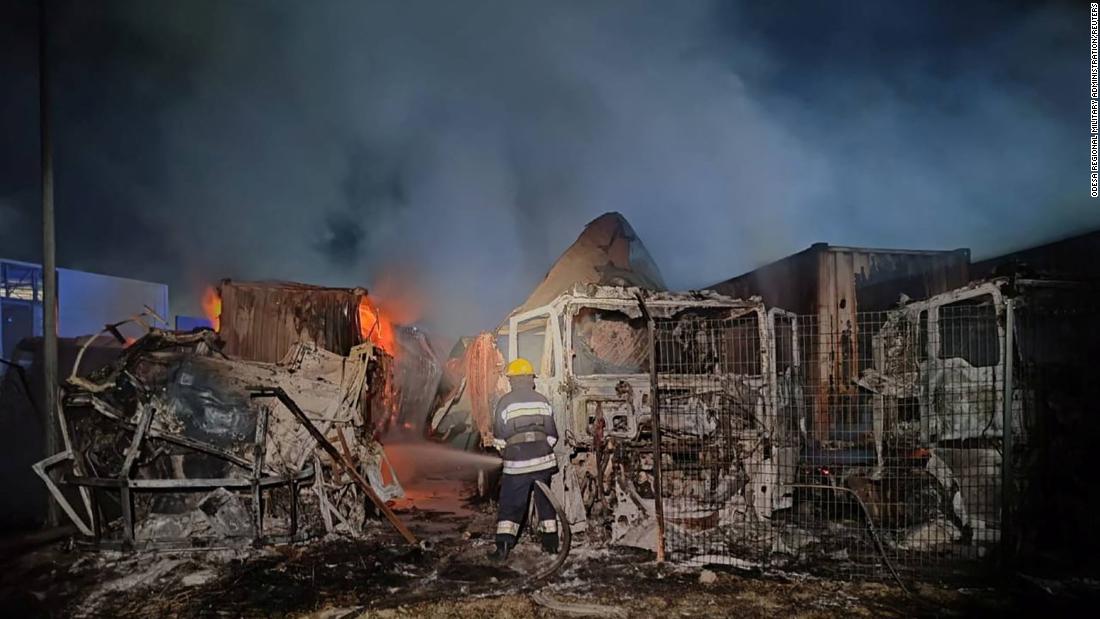
Russia is constructing a new railway that will link the occupied cities of Mariupol, Volnovakha and Donetsk to Russia, according to a Ukrainian official.
Petro Andriushchenko, an adviser to the exiled mayor of Mariupol, said the Russians “have begun construction of a railroad bridge near the village of Hranitne over the Kalmius River. If successful, this will allow the existing Mariupol-Aslanove-Kalchyk-Volnovakha line to be connected directly to Taganrog and Rostov-on-Don.”
Andriushchenko said if this railway is completed, it would allow Russia to transport military and civilian supplies to occupied territory in southern Ukraine without relying on the Crimea bridge.
The bridge connecting Crimea with the Russian mainland has come under increasing attacks by Ukrainian forces in recent months, as they try to cut supply lines to the peninsula.

Former Wagner Group mercenaries previously based in Belarus have reportedly signed contracts with the Russian defence ministry and relocated to the eastern front in Ukraine.
Some of these mercenaries have also been redirected to Africa, the publication Ukrainska Pravda reported, citing Illia Yevlash, spokesperson for the Eastern Grouping of Forces.
Mr Yevlash noted that their threat level had diminished since the death of their main leader, Yevgeny Prigozhin, in a plane crash last month.
"Former members of the Wagner private military company are now actually present in the territory of the Eastern Grouping of Forces," Mr Yevlash said.
"They are taking part in the fighting. Specifically, they are coming from the territory of Belarus, where they had their camps. They are now being disbanded."
He added that these servicemen have joined various units - with some going to Africa, while others have resigned contracts with the Russian defence ministry and are participating in the war in various capacities, including as instructors.
Some are going to regular combat units, he said.
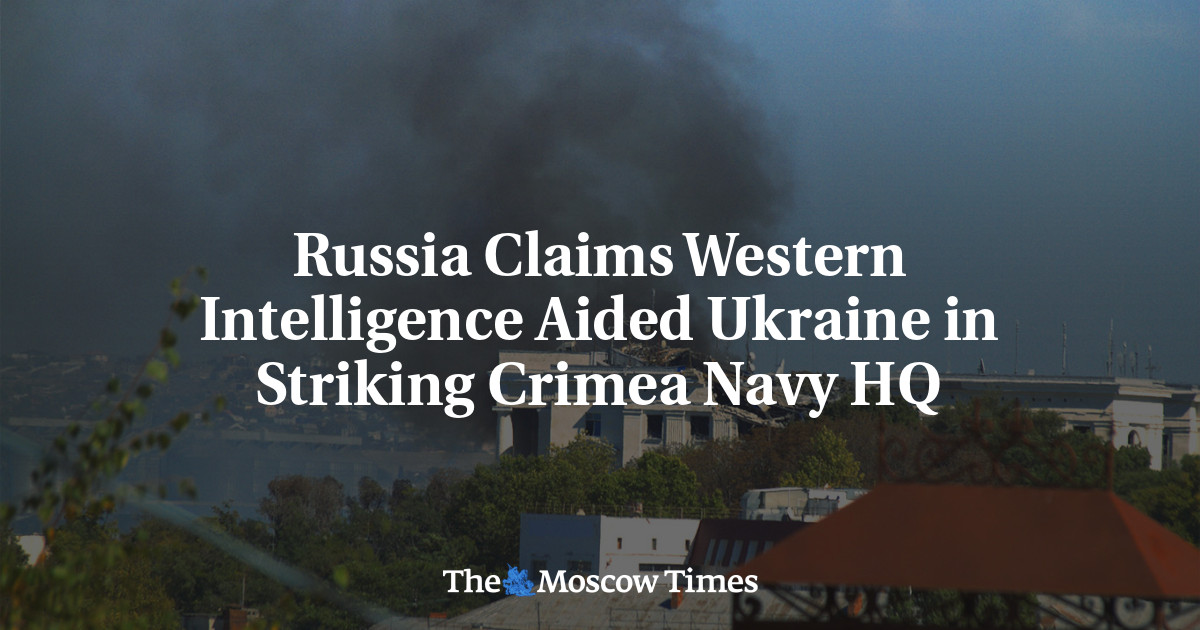
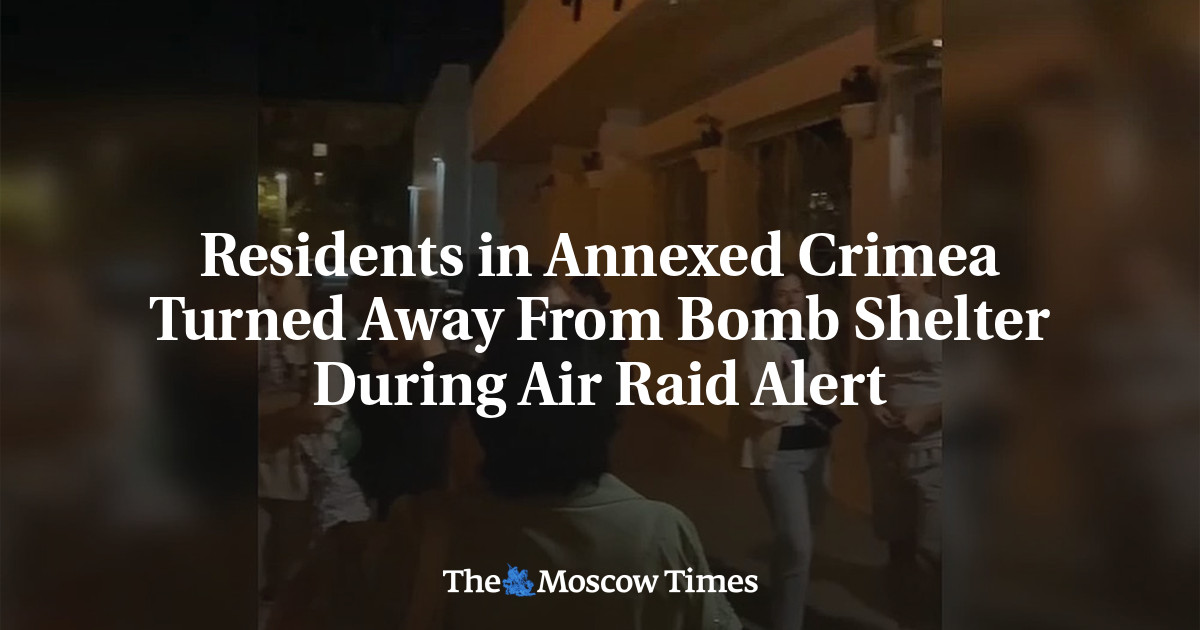
Vladimir Putin has appointed a former senior Wagner commander to lead Russian militia operations in Ukraine, a first indication of how the Kremlin seeks to repurpose the notorious paramilitary group a month after its founder died in a plane crash.
The Russian president convened Andrei Troshev to a meeting, telling him that he would lead “volunteer units that can fulfil various combat tasks” in Ukraine and elsewhere, according to a transcript published by the Kremlin on Friday.
Dmitry Peskov, Putin’s spokesman, told reporters the meeting was “routine” and that Troshev “works for the defence ministry,” without elaborating further.
Troshev, best known by his call sign “Grey-Hair”, was one of Wagner’s senior commanders for nearly a decade. He apparently fell out with the militia’s founder, Yevgeny Prigozhin, around the time of the warlord’s aborted mutiny and march on Moscow in June.
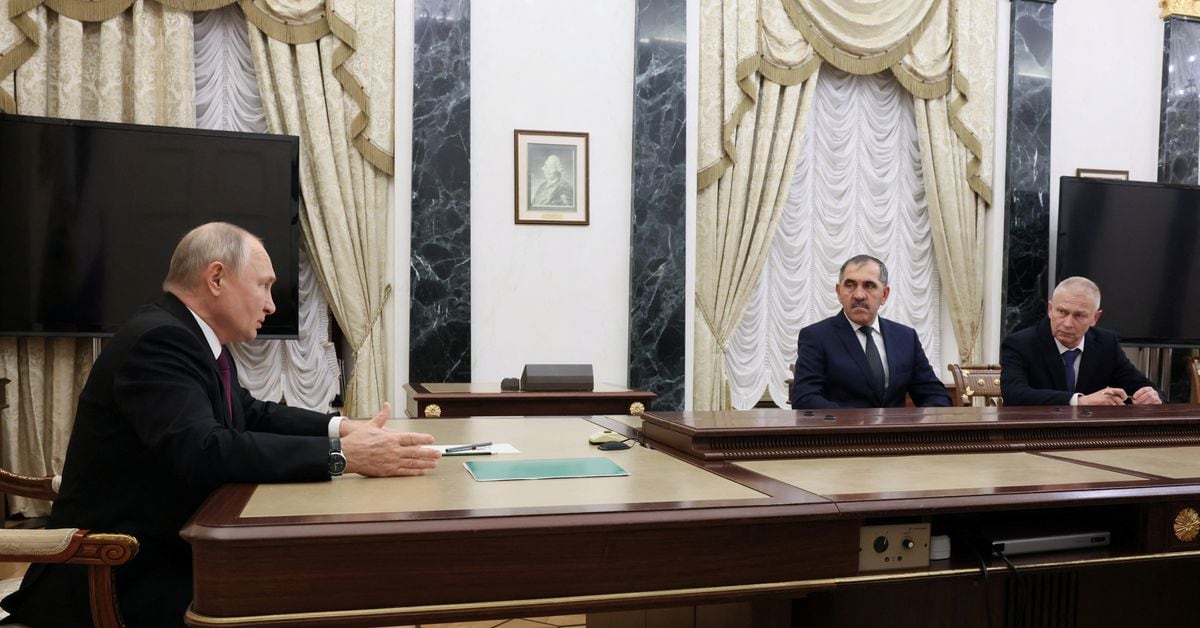
Russian President Vladimir Putin was on Friday shown meeting one of the most senior former commanders of the Wagner mercenary group and discussing how best to use "volunteer units" in the Ukraine war.
The meeting underscored the Kremlin's attempt to show that the state had now gained control over the mercenary group after a failed June mutiny by its boss Yevgeny Prigozhin, who was then killed with other senior commanders in a plane crash in August.
Putin was shown on state television meeting at the Kremlin with Andrei Troshev, a former Wagner commander known by his nom de guerre "Sedoi" - or "grey hair".
The Kremlin said the meeting took place late on Thursday. Deputy Defence Minister Yunus-Bek Yevkurov, who has travelled over recent months to several countries where Wagner mercenaries have worked, was also present, sitting closest to Putin.
Addressing Troshev, Putin said that they had spoken about how "volunteer units that can perform various combat tasks, above all, of course, in the zone of the special military operation."
"You yourself have been fighting in such a unit for more than a year," Putin said. "You know what it is, how it is done, you know about the issues that need to be resolved in advance so that the combat work goes in the best and most successful way."
Putin also said he wanted to speak about social support for those involved in the fighting.
Troshev was shown listening to Putin, leaning forward and nodding, pencil in hand. His remarks were not shown.
Russian forces have reduced the tempo of their localized offensive operations on the Kupyansk-Svatove-Kreminna line in recent days. Russian and Ukrainian officials are increasingly reporting fewer Russian ground attacks in the Kupyansk and Lyman directions, indicating that Ukrainian offensive operations have drawn Russian forces away from the Kupyansk-Svatove-Kreminna line and significantly degraded the Russian offensive effort on this line.[3] ISW has previously assessed that Russian offensive operations on the Kupyansk-Svatove-Kreminna line aimed to pin Ukrainian forces on this line and away from more critical areas of the front.[4] Ukrainian Deputy Director of the Department of Application Planning of the Main Directorate of the Ukrainian National Guard Colonel Mykola Urshalovych stated on September 28 that Russian forces conducted defensive operations and reinforced units in the past week while Ukrainian forces conducted offensive operations and pushed Russian forces from unspecified positions.[5] The Ukrainian General Staff’s September 28 morning situation report (SITREP) reported no Russian ground attacks in the Kupyansk and Lyman directions while the September 28 evening SITREP only reported one Russian attack south of Kreminna near Bilohorivka.[6] Russian aviation has become increasingly active on this line as ground attacks have apparently diminished, and Russian sources consistently claim that Russian air strikes hit Ukrainian-controlled bridges across the Oskil River — presumably to stymie the threat of any Ukrainian offensive operations east of the river.[7]
Russian aviation is increasingly active in the Kharkiv, Luhansk, and Kherson oblasts and apparently less active in areas of western Zaporizhia Oblast where Ukrainian forces are conducting counteroffensive operations. Russian forces have been increasingly conducting airstrikes against targets in the west (right) bank of Kherson Oblast and against rear Ukrainian ground lines of communication (GLOCs) in the Kupyansk direction in the past week.[8] Ukrainian Eastern Group of Forces Spokesperson Captain Ilya Yevlash stated on September 28 that Russian Su-35 attack aircraft and Ka-52 helicopters are increasingly active in the Kupyansk and Lyman directions and that Russian forces conducted 21 airstrikes in these directions, primarily near the Siversk (19km south of Kreminna) and the Serebryanske forest area (11km south of Kreminna).[9] Kherson Oblast Military Administration Spokesperson Oleksandr Tolokonnikov stated on September 28 that Russian forces have increased the number of airstrikes on Kherson City and right bank Kherson Oblast by a factor of three or four in the past three days and that Russian forces dropped more than 50 aerial glide bombs against targets in these areas.[10]
Russian aviation continues to conduct strikes against rear Ukrainian areas in eastern Zaporizhia Oblast, although mentions of Russian aviation repelling Ukrainian assaults in frontline areas have become less routine in Russian reporting than earlier in the counteroffensive. Russian sources noted that Russian aviation, particularly Ka-52 helicopters, played a significant role in disrupting Ukrainian assaults at the start of the counteroffensive.[11] Ukrainian forces appear to have increased their ability to down Russian Ka-52 helicopters in mid-August 2023, and the Russian command may have decreased aviation use in western Zaporizhia Oblast out of fears of aviation and pilot losses.[12] The decreased Russian aviation use in western Zaporizhia Oblast has not seriously undermined the Russian defense, however, as Russian forces appear to have increased their use of strike drones against advancing Ukrainian forces, and Russian artillery units continue to play a significant role in repelling Ukrainian assaults. It remains unclear what Russian forces intend to achieve with increased aviation activity in Kherson Oblast and whether more airstrikes against Ukrainian targets in the Kupyansk and Lyman directions will be able to offset degraded Russian combat power in the area.
Several Russian milbloggers claimed that they self-censor the majority of their reporting amidst an apparent wider self-censorship in Russian reporting about the tactical realities on certain sectors of the front. Some notably critical Russian milbloggers claimed that they only publish five to 15 percent of the amount of information they receive.[17] One milblogger claimed that problems with communications, drones, tires, electronic warfare (EW), personnel payments, and various other issues persist among Russian forces on the frontline but that Russian personnel attempt to mitigate these problems through connections and personal initiatives, likely, according to the milblogger, because Russian commanders routinely silence complaints and ignore efforts to fix problems.[18] The milblogger amplified a statement from a claimed Russian platoon commander who complained about the inefficient flow of information from the Russian frontline to decision makers and who stated that he has had to take unusual measures to mitigate negative battlefield consequences from this poor information flow.[19] Another milblogger noted that certain information should not be shared and that the ability to remain silent at the right moment is an important quality.[20] A Russian milblogger deleted a part of a post on September 25 claiming that Ukrainian forces advanced near Novoprokopivka (13km south of Orikhiv) and controlled the northeastern part of the settlement.[21] The milblogger edited the post and instead claimed that Ukrainian forces attacked near Robotyne (10km south of Orikhiv), just north of Novoprokopivka.[22] Geolocated footage published later in the day showed that Ukrainian forces advanced 1.5km northeast of Novoprokopivka.[23] The milblogger’s deletion suggests that Russian sources are intentionally limiting their reporting on tactical actions, especially those with outcomes unfavorable to Russia. Censorship or self-censorship among Russian milbloggers will affect ISW’s and the wider Western coverage ability of Russian operations, and ISW will continue to track changes in the Russian information space that could affect open-source reporting on the war in Ukraine.
Putin has signed the decree for the autumn military conscription, bgng Oct. 1. 130000 men to be drafted between now and Dec. 1, for 1 year of service. (per standard procedure).
First public Ukrainian strike on Russia's power grid—presumably a deterrent signal ahead of winter. "A combat drone dropped explosives on an electricity substation in a Russian village near the border with Ukraine"
Russian oil is pricing 28-50% above G7 cap, diesel is $135/bbl (cap is $100) yet 141 of ~300 tankers tracked leaving 8 ports in Russia had Western insurance, a proxy for compliance. Attestation documentation would explain why but we can't see how
Telegram channels connected with Russian law enforcement say armed group of 50 pro-Ukrainian saboteurs have once again crossed border into Bryansk. Fighting with Russian soldiers ongoing, they say. Ukr military intelligence would appear to be involved here
The head of Russia's leading nuclear research institute calls for resuming nuclear testing (on Novaya Zemlya...)
@Sondreus's Ukraine fires tracker, which uses infra-red satellites & machine-learning to distinguish war-related fires from normal ones, suggests that the 24-hour period 27-28 Sep may have been the most intense period of bombardment in the war to date.
Norway will ban the entry of passenger cars registered in Russia beginning next week, the foreign ministry said.
It is the latest in a series of sanctions on Russia in punishment for its war against Ukraine.
The Scandinavian country, which belongs to NATO but not the European Union, has a 198-kilometer-long (123-mile-long) border with Russia.
In mid-September, Finland, Poland, Latvia, Lithuania, and Estonia implemented similar measures against cars registered in Russia.
Hundreds of fighters formerly associated with the mercenary Wagner Group have likely started to redeploy to Ukraine as individuals and small fighting groups, the UK Defense Ministry's daily intelligence report said.
They are fighting for a variety of pro-Russian units, the post on social media platform X, formerly Twitter, said.
"The exact status of the redeploying personnel is unclear, but it is likely individuals have transferred to parts of the official Russian Ministry of Defence forces and other [private military companies]," it said.
"Several reports suggest a concentration of Wagner veterans around Bakhmut: their experience is likely to be particularly in demand in this sector. Many will be familiar with current front line and local Ukrainian tactics, having fought over the same terrain last winter."
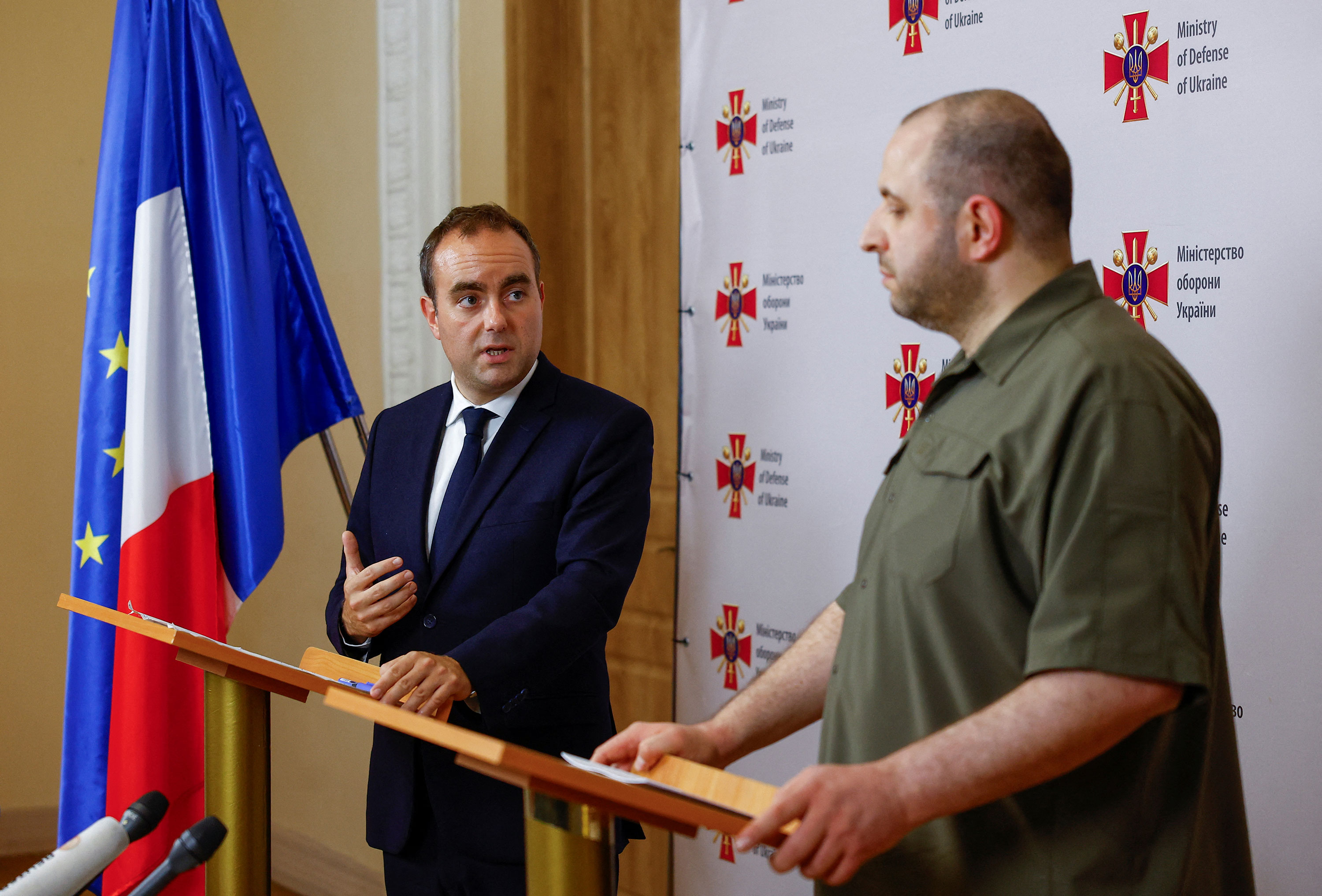
France is stepping up its support to Ukraine by setting up industrial partnerships between the two countries.
Lecornu was heading a delegation of lawmakers and business leaders from various combat industries, ranging from drones, robots linked to drones, artillery, munitions and artificial intelligence.“By definition, a counter-offensive on a 1,200-kilometer (746-mile) front takes time, so we need patience, confidence and endurance,” defense minister Sebastien Lecornu told journalists during a visit in Kyiv on Thursday.
The French minister met with Ukrainian President Volodymyr Zelensky, as well as the country’s new defense minister Rustem Umerov.
Lecornu said France would “offer innovative solutions to the Ukrainian army and increasingly be in a position to make fewer transfers, but rather direct acquisitions, sometimes under French subsidy, for the Ukrainian army.”

A “small number” of Ukrainian pilots have started language training in preparation for training on F-16 fighter jets, according to a spokesperson for the US Air Force.
The language training is taking place at the Defense Language Institute English Language Center at Lackland Air Force Base in Texas.
More on the training: Language training is a critical step for the Ukrainian Air Force as they learn to fly, operate and maintain the jet, since the F-16's instrumentation is in English, as are all the manuals and information pertaining to it.“Testing will determine their next courses and when the pilots would be able to commence F-16 training,” the spokesperson said. The training is expected to last several weeks, after which the pilots will go to Morris Air National Guard Base in Arizona for training on the fourth generation fighter jets.
The language training does not yet include Ukrainian maintenance personnel, who will learn how to sustain the complex system. The total number of Ukrainians who will come for maintenance training will be “upwards of 200,” the spokesperson said.
The language center at Lackland Air Force Base “is considering multiple options for training maintainers," the spokesperson added.
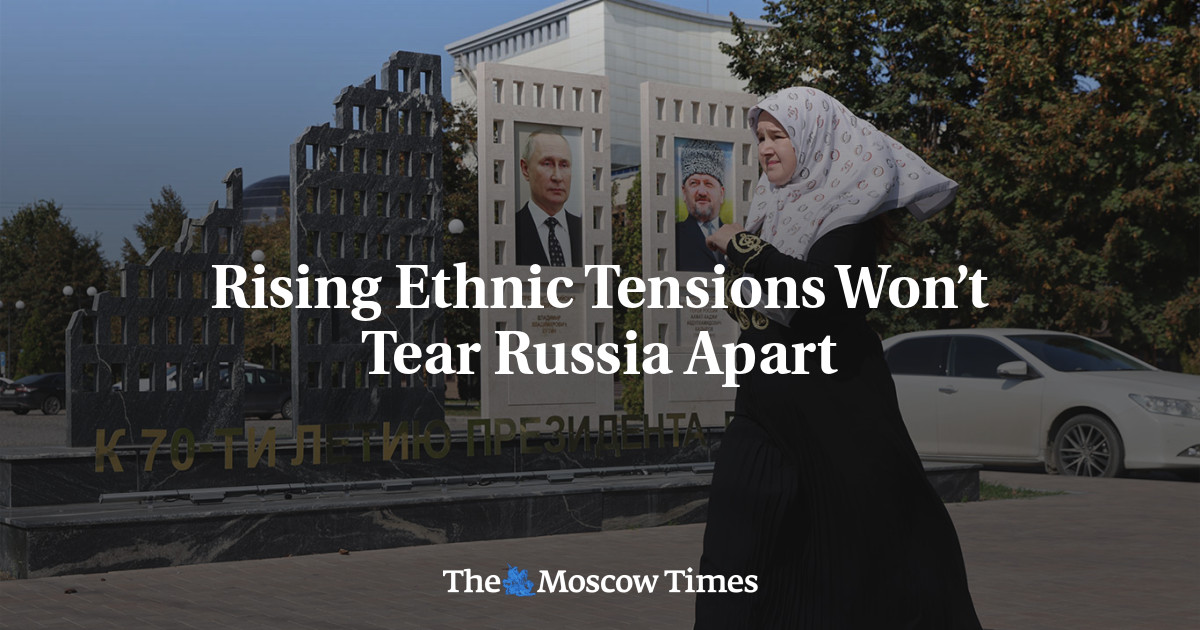
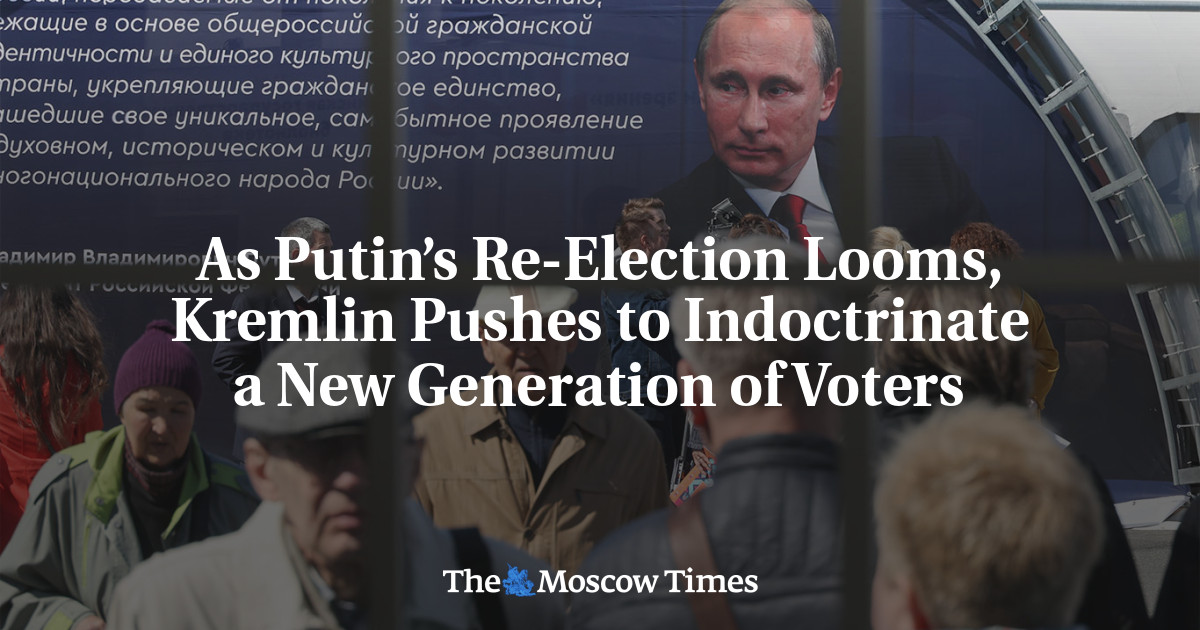
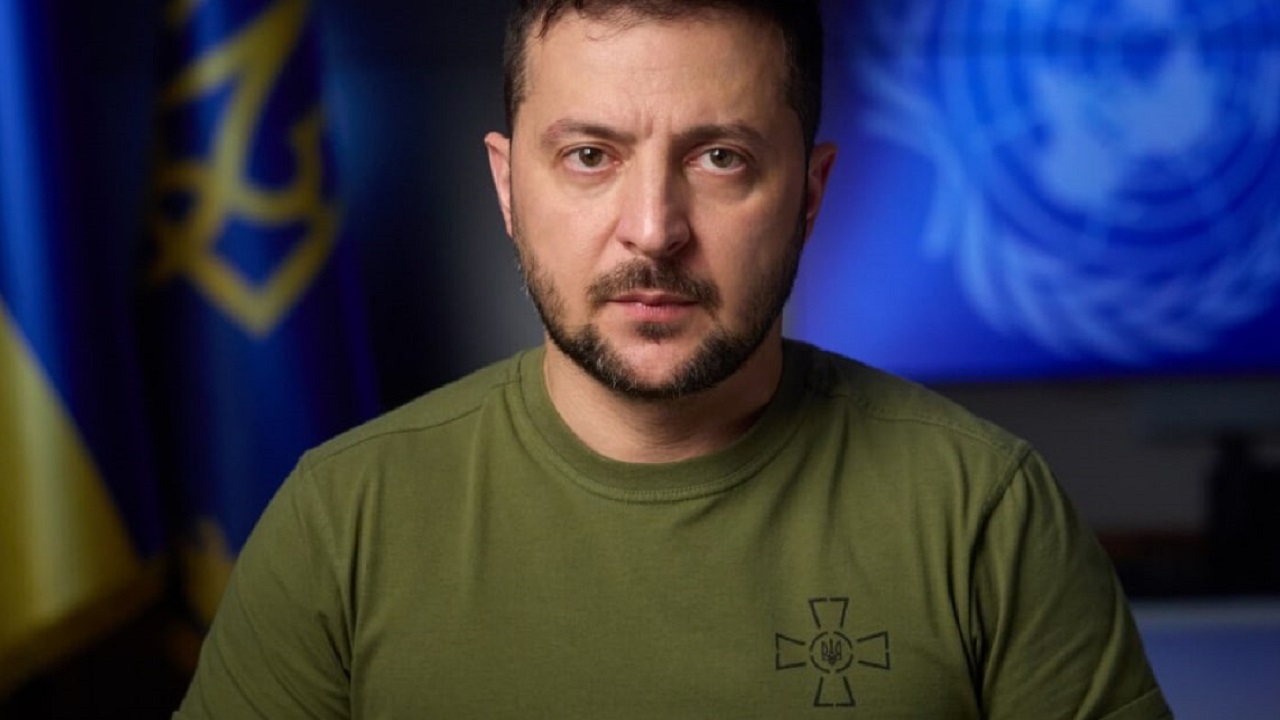
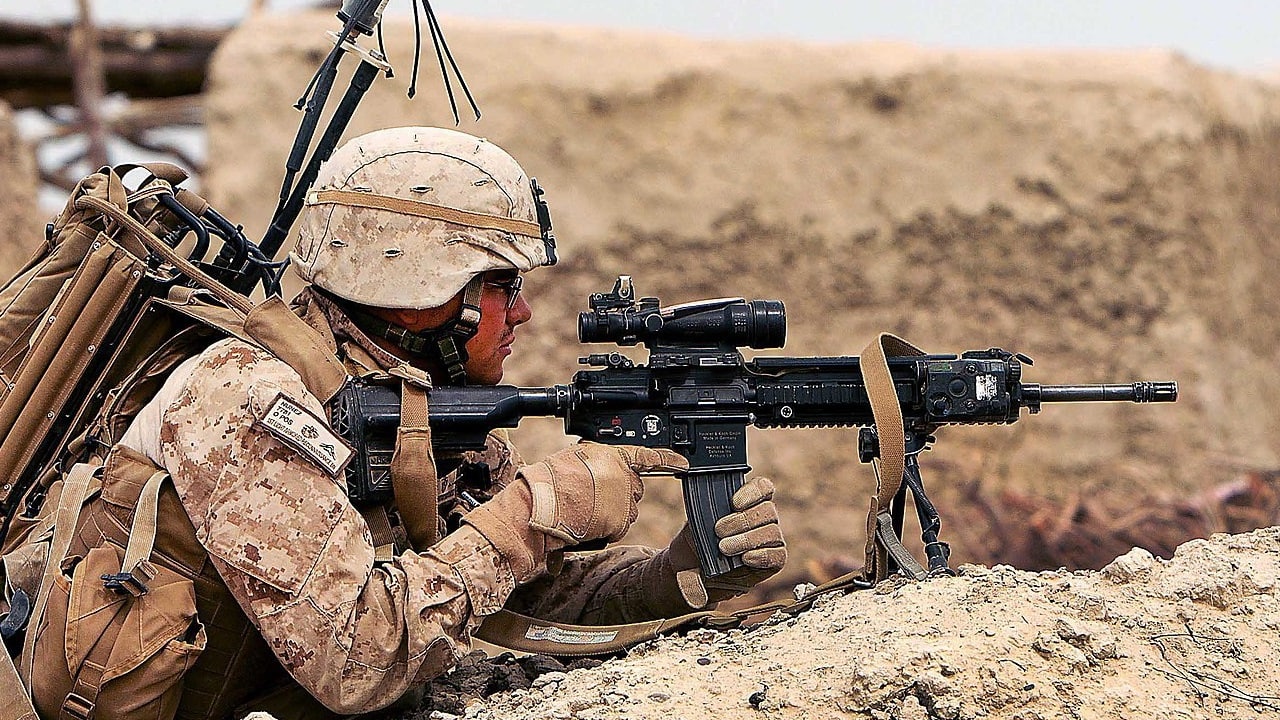
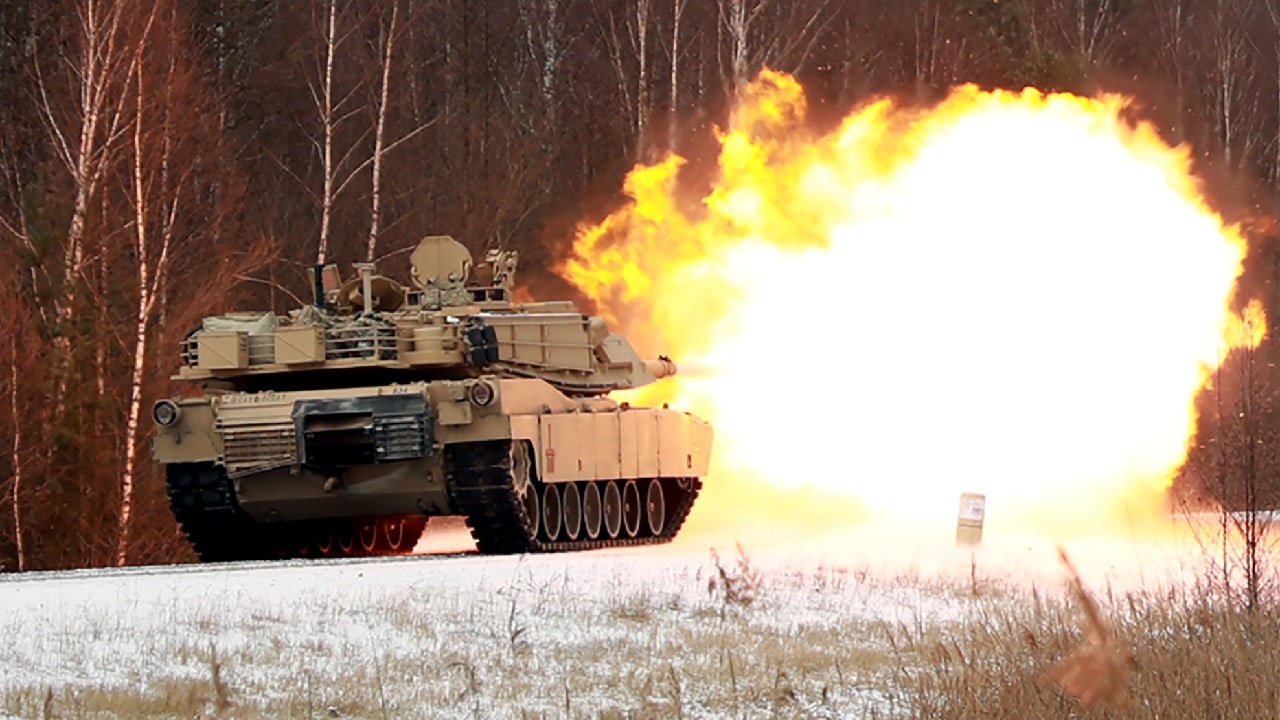
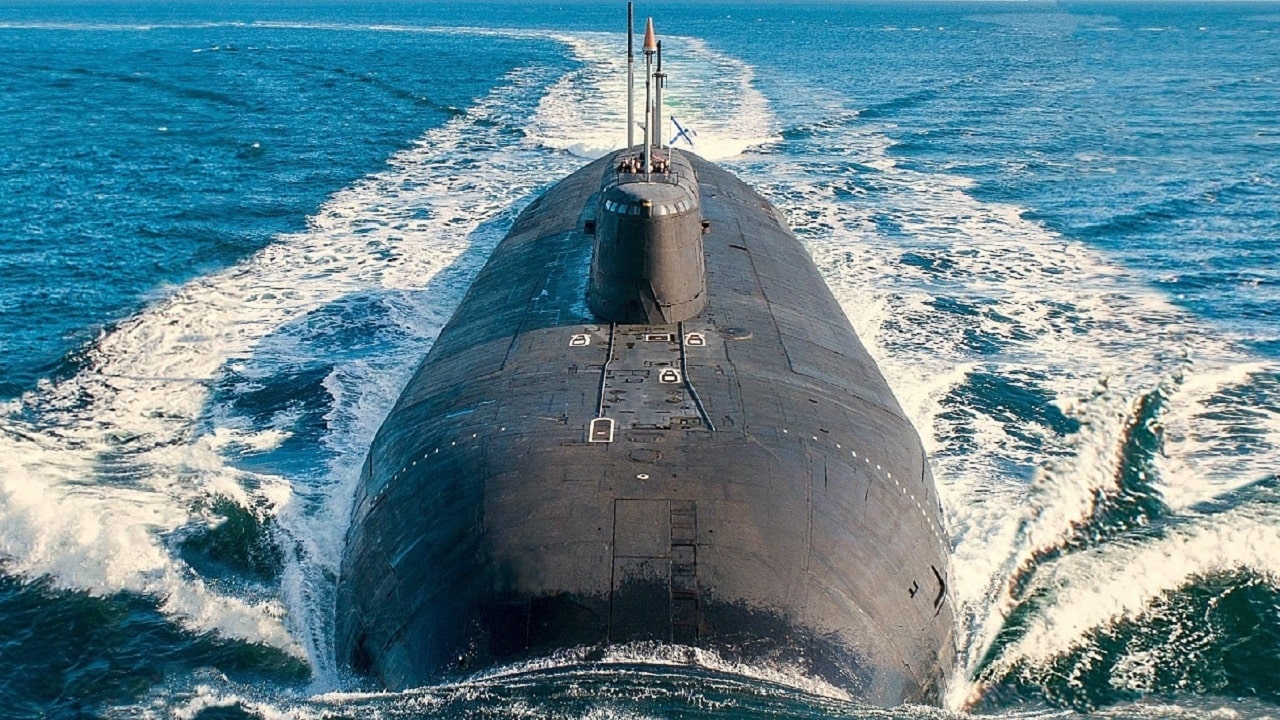
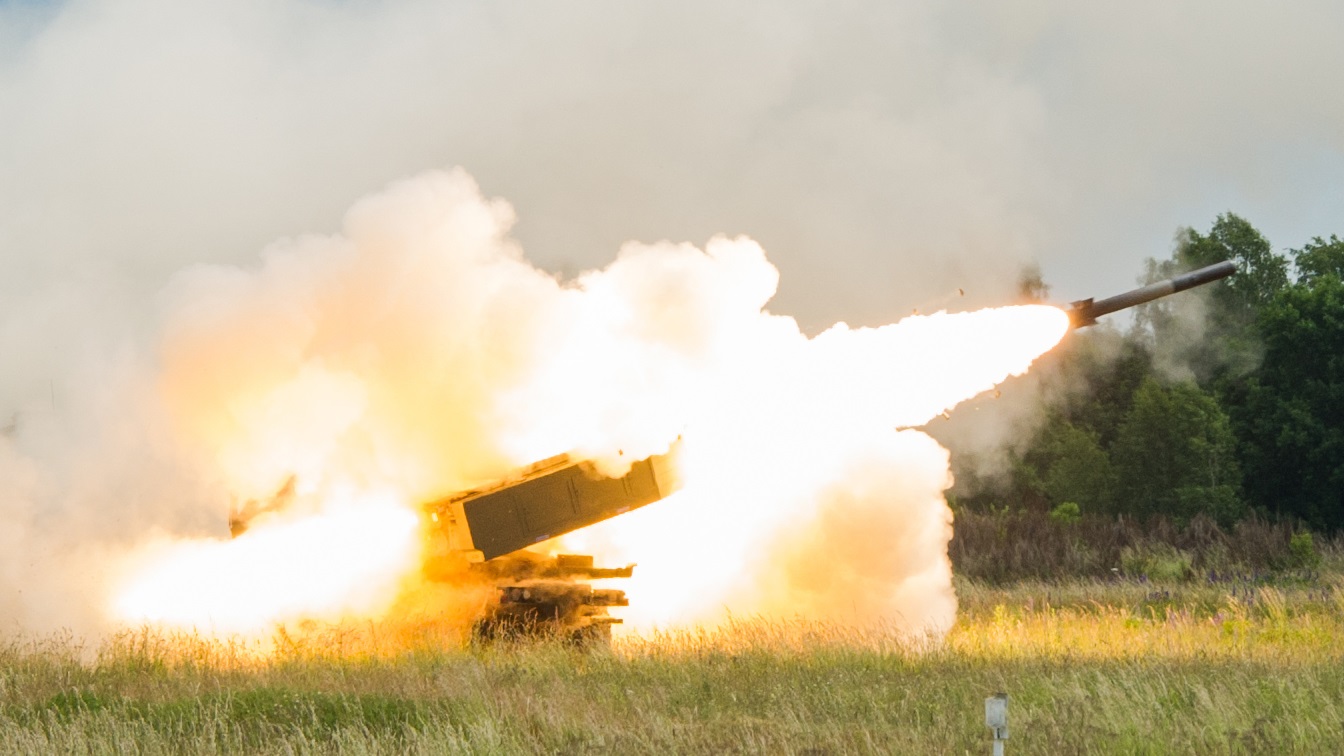

Combined US & European artillery production for Ukraine will likely be able to keep pace or perhaps outproduce Russian production by the last quarter of 2024 or by early 2025. Reduced artillery ammo availability will likely have an impact onops in...
the coming months. Some interesting data points in this piece:
"Between them, America and Europe should comfortably produce nearly 2m shells next year. The trouble is, that is barely enough to keep up. Russia will produce 1m-2m shells next year, according to British estimates."
"That is on top of a stock of around 5m shells, new and refurbished. That should allow it to fire at least 15,000 rounds a day for a year, says Mr Salm."
"That is roughly on a par with Ukraine’s heightened consumption during its counter-offensive, according to people familiar with the data. But Ukraine can probably sustain that tempo for only a couple more months."
"By 2025 there might even be a 'glut' of shells, says a Western official. If most of the new output goes to Ukraine, and assuming that neither China nor North Korea bails out Russia, the Ukrainian army might then be able to out-pulverise the Russian army..."
"British officials say that Russia can now produce around 200 tanks a year, twice as many as they had previously assumed. Mr Connolly says that, with refurbished tanks included, the true figure is probably 500 to 800."
"Western sanctions are not crimping output much, he adds, with crucial components such as semiconductors smuggled in via Hong Kong or Central Asia."
To be honest if I look at the numbers alone, it’s hard to see how we don’t out produce them next year. But when I talk to informed people, they’re much more cautious about concluding that. So presumably some other factors also at work, inc Ru stocks & external supplies.
Since the start of SEP, Ukrainians reported a dramatic increase in the number of Shahed interceptions. Whether this signals a change in the Russian approach to their use over the coming weeks is yet unclear. The big question obviously pertains to the sustainment of such tempo.
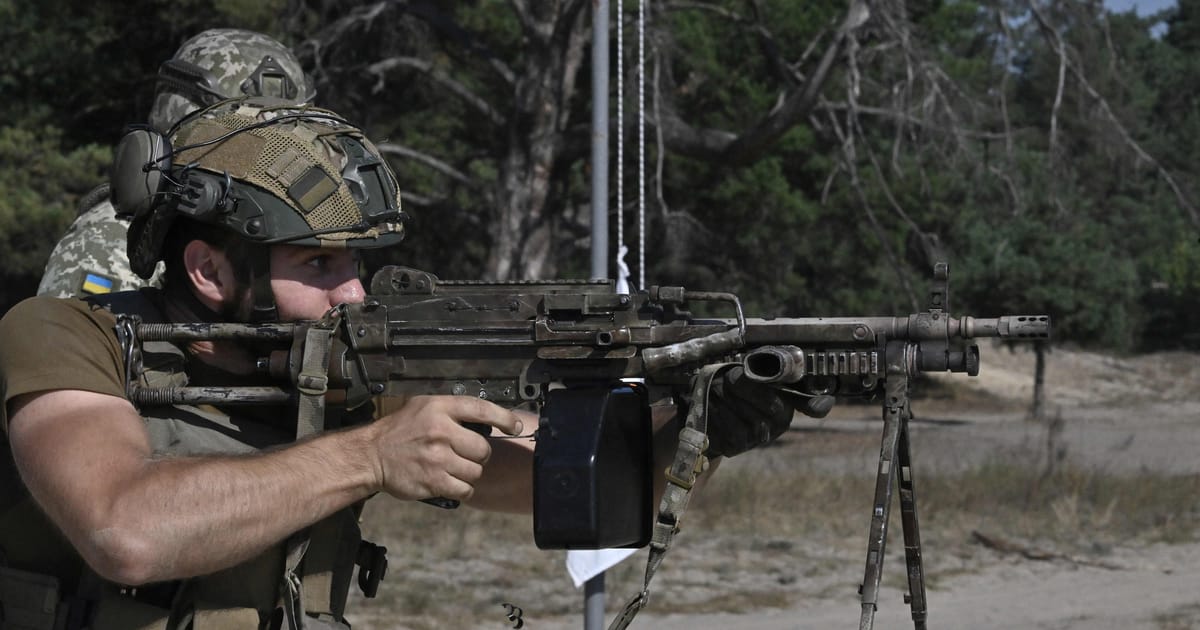
French and German defense companies are setting up local shops in Ukraine for arms maintenance — a first step toward manufacturing weapons in the country.
This week, Germany’s Federal Cartel Office gave the green light to a proposed joint venture between Rheinmetall, a German arms maker, and the Ukrainian Defense Industry, a Ukrainian state-owned defense group.
France’s Armed Forces Minister Sébastien Lecornu traveled to Kyiv this week with about 20 French defense contractors — reportedly including Thales, MBDA, Nexter and Arquus — to facilitate partnerships with Ukrainian officials.
In the past week, French officials have started to hammer home a new message: France can no longer sustain giving weapons to Ukraine and will instead plug Ukrainian officials into the country's defense industry.
According to a government report, France delivered €640.5 million worth of weapons to Ukraine in 2022, including 704 missile launchers and portable anti-tank rocket launchers, 562 12.7mm machine guns, 118 missiles and missile launchers, and 60 armored fighting vehicles for free.
“We can't continue to take resources from our armed forces indefinitely, otherwise we'll be damaging our own defense capabilities and the training levels of our troops,” Lecornu told French TV Sunday.
France's shift comes on the heels of similar plans with British arms manufacturer BAE Systems and the Swedish government.
In August, Kyiv and Stockholm signed a statement of intent to deepen cooperation “in production, operation, training, and servicing” of the Combat Vehicle 90 (CV90) platform, manufactured by a Swedish branch of BAE Systems. A few days later, BAE Systems announced it would set up a local entity to ramp up production of 105mm light artillery guns.
The German competition authority's decision this week to green-light Rheinmetall's joint venture with the Ukrainian Defense Industry — which will be based in Kyiv and operate exclusively in Ukraine — paves the way for a partnership designed to maintain and service military vehicles. It will also include “assembly, production and development of military vehicles.”
Both parties also hope to eventually develop military systems jointly, “including for subsequent export from Ukraine.”
Rheinmetall CEO Armin Papperger expressed a desire to manufacture the company’s next generation Panther tank in Ukraine — up to 400 per year. Although still a prototype, the new tank would be the successor of the company’s Leopard 2 main battle tank.
